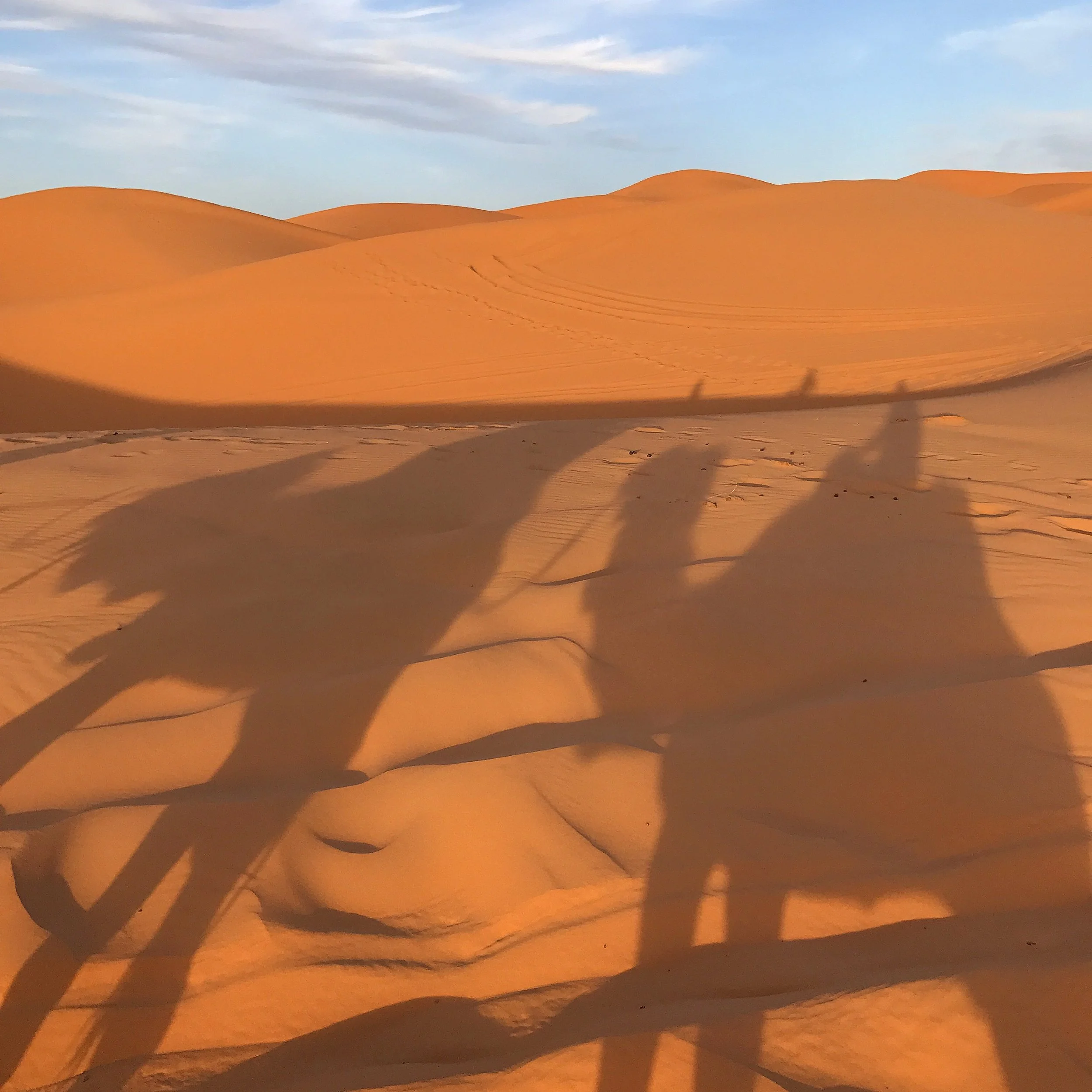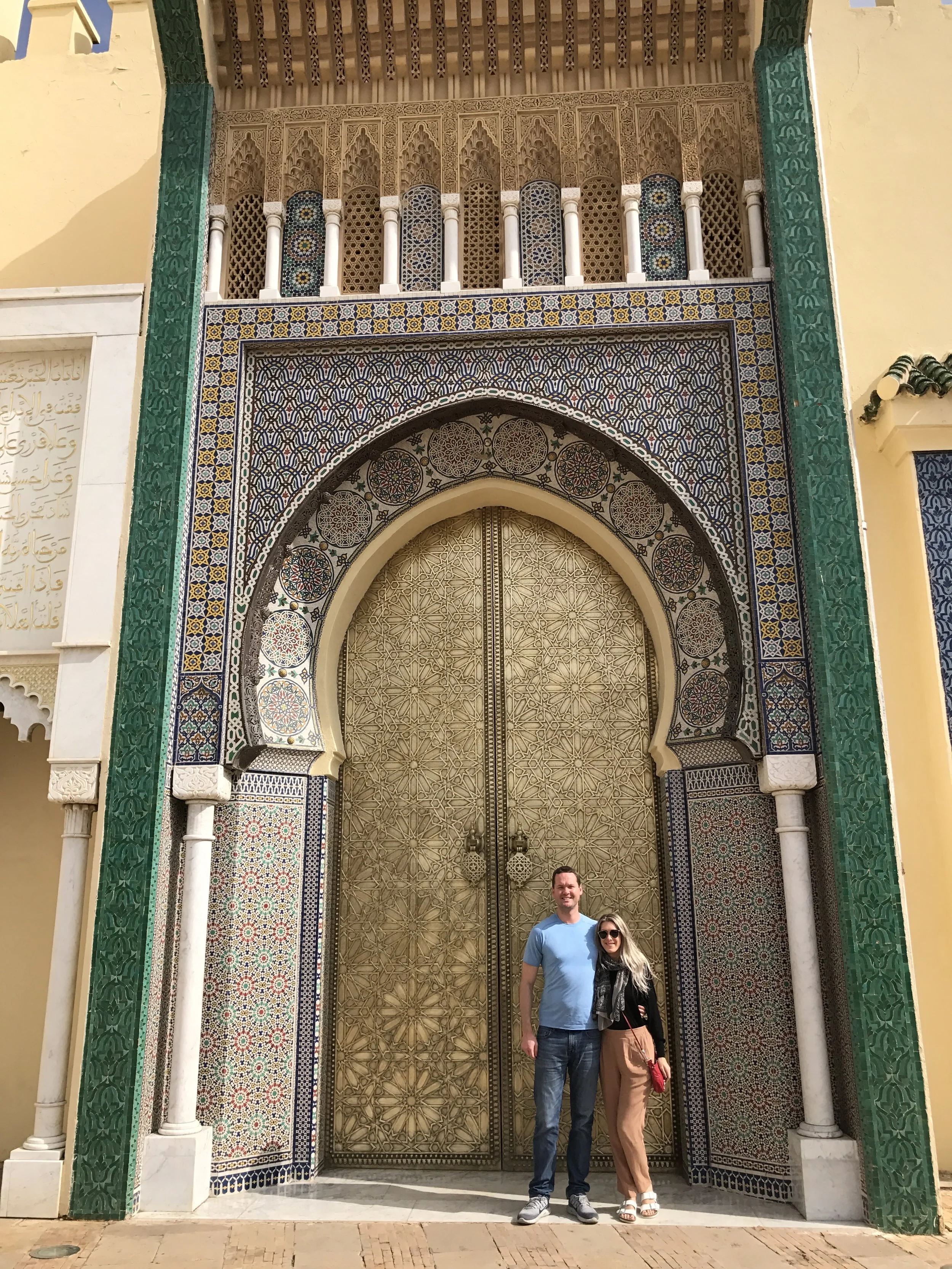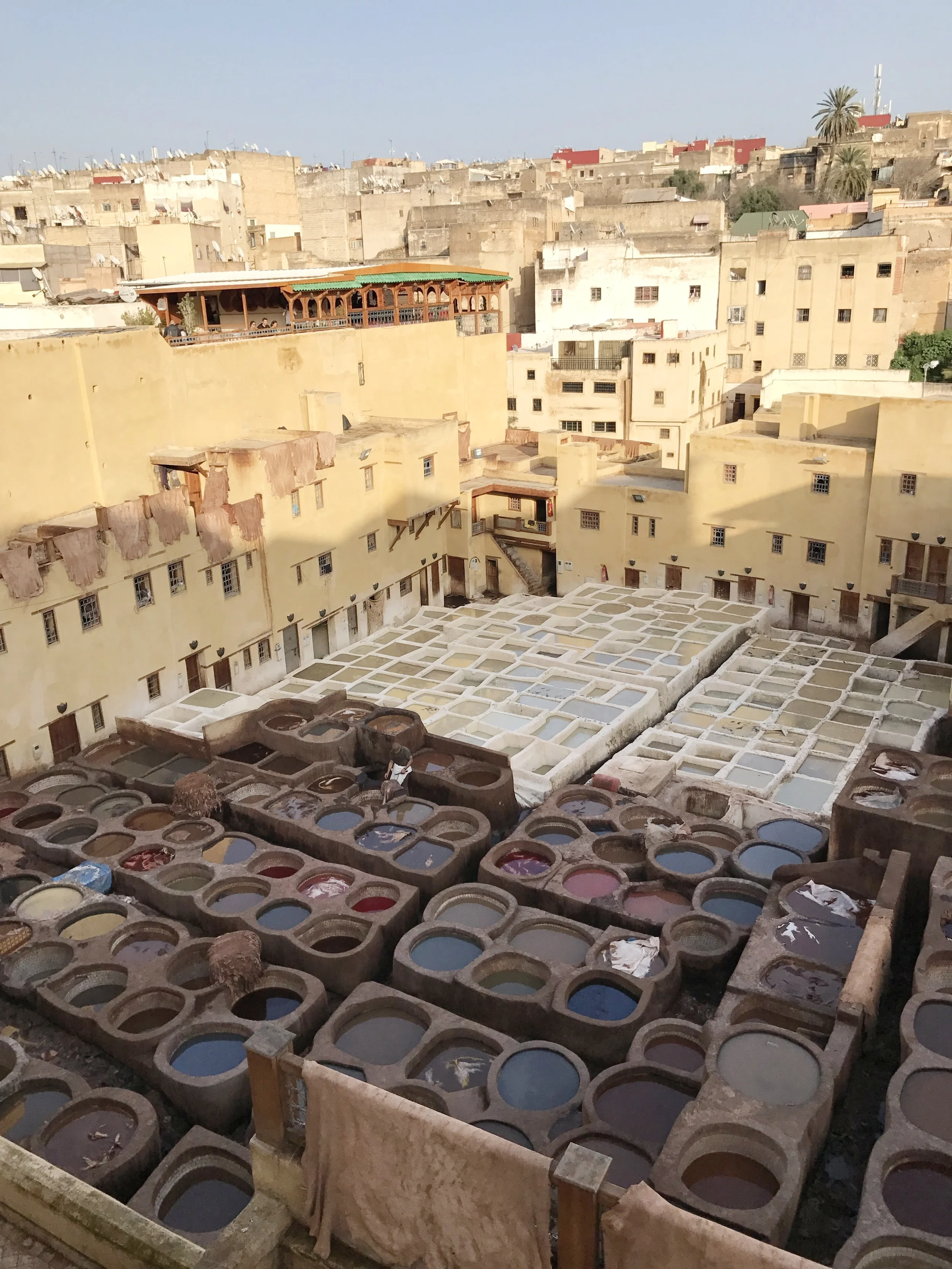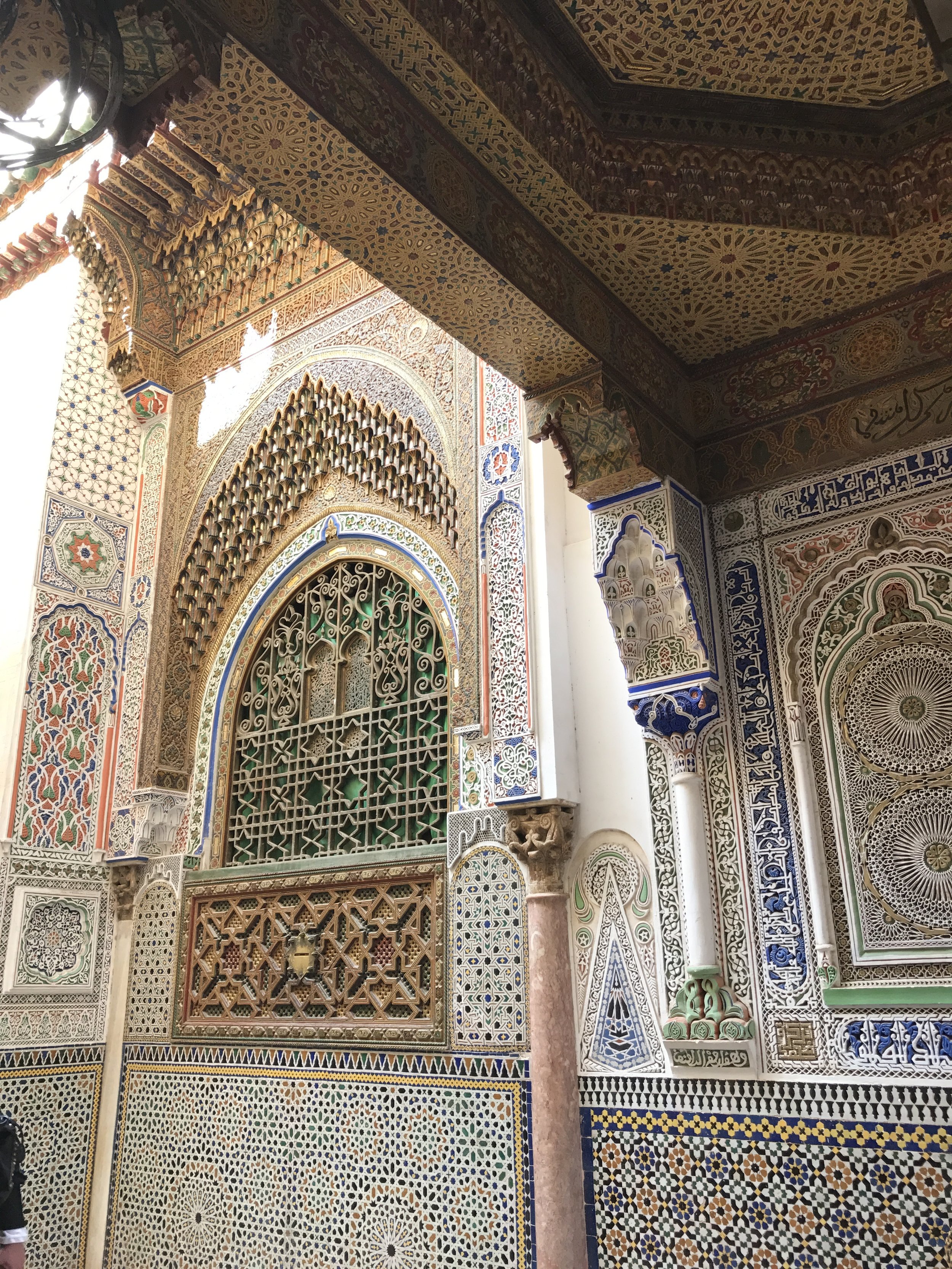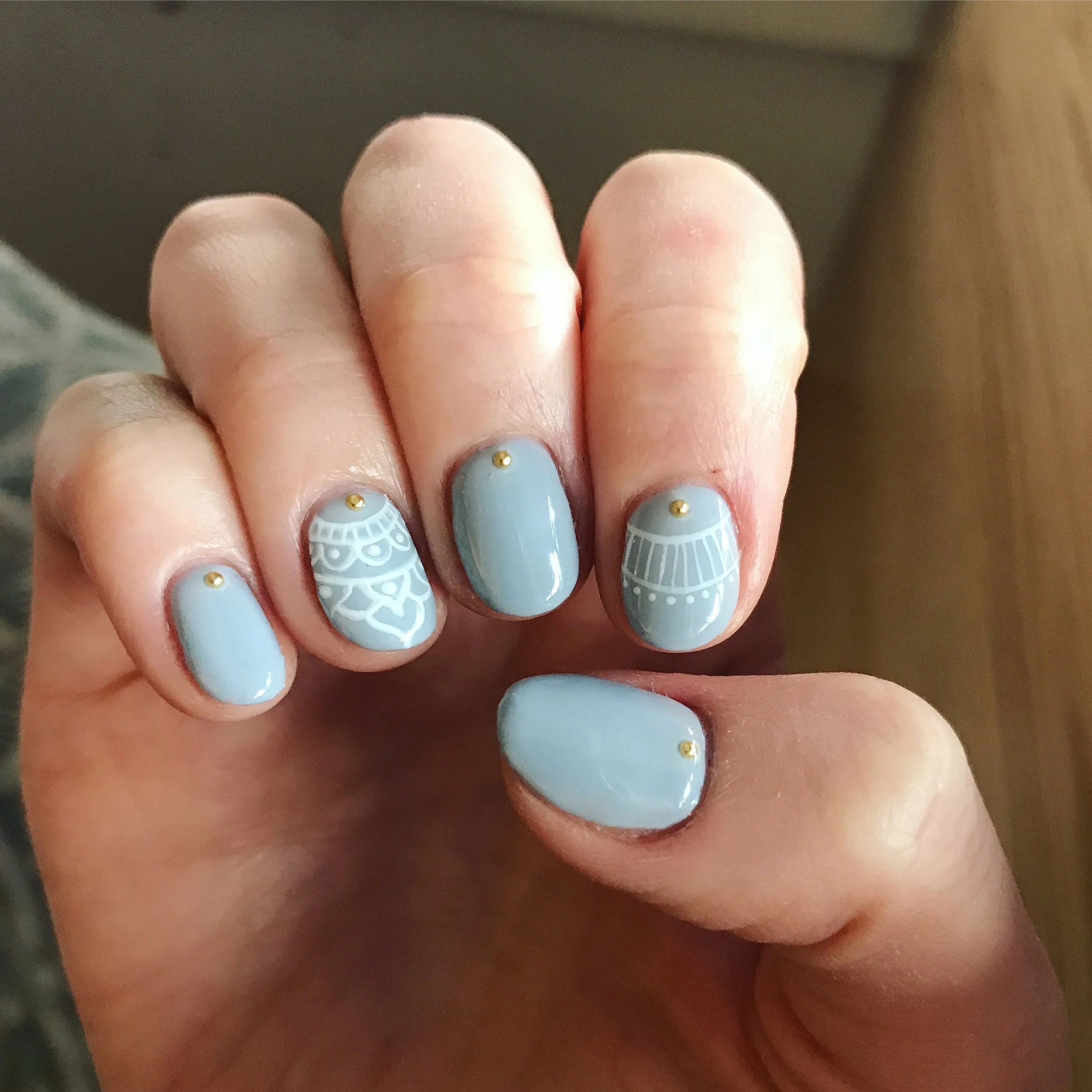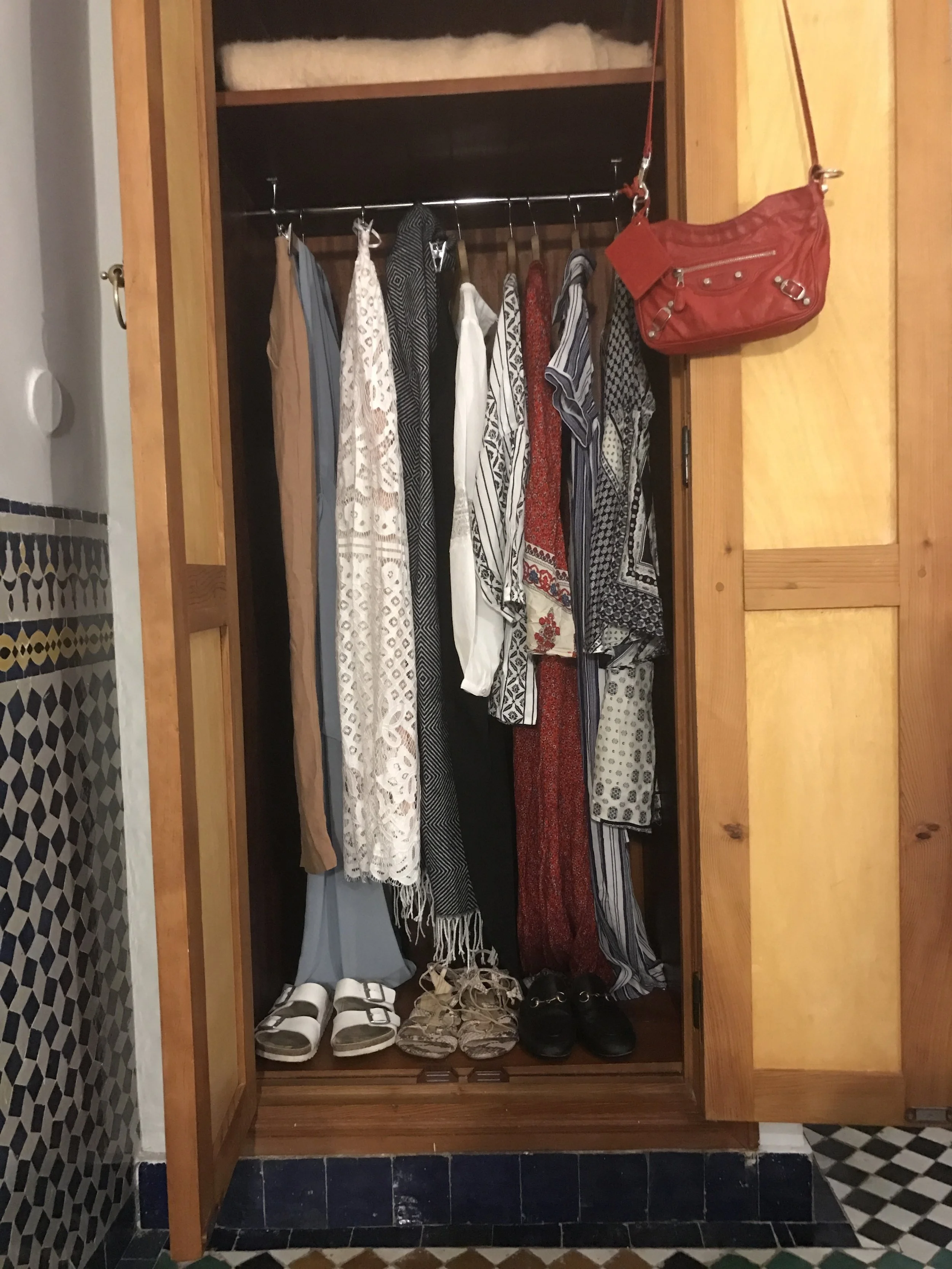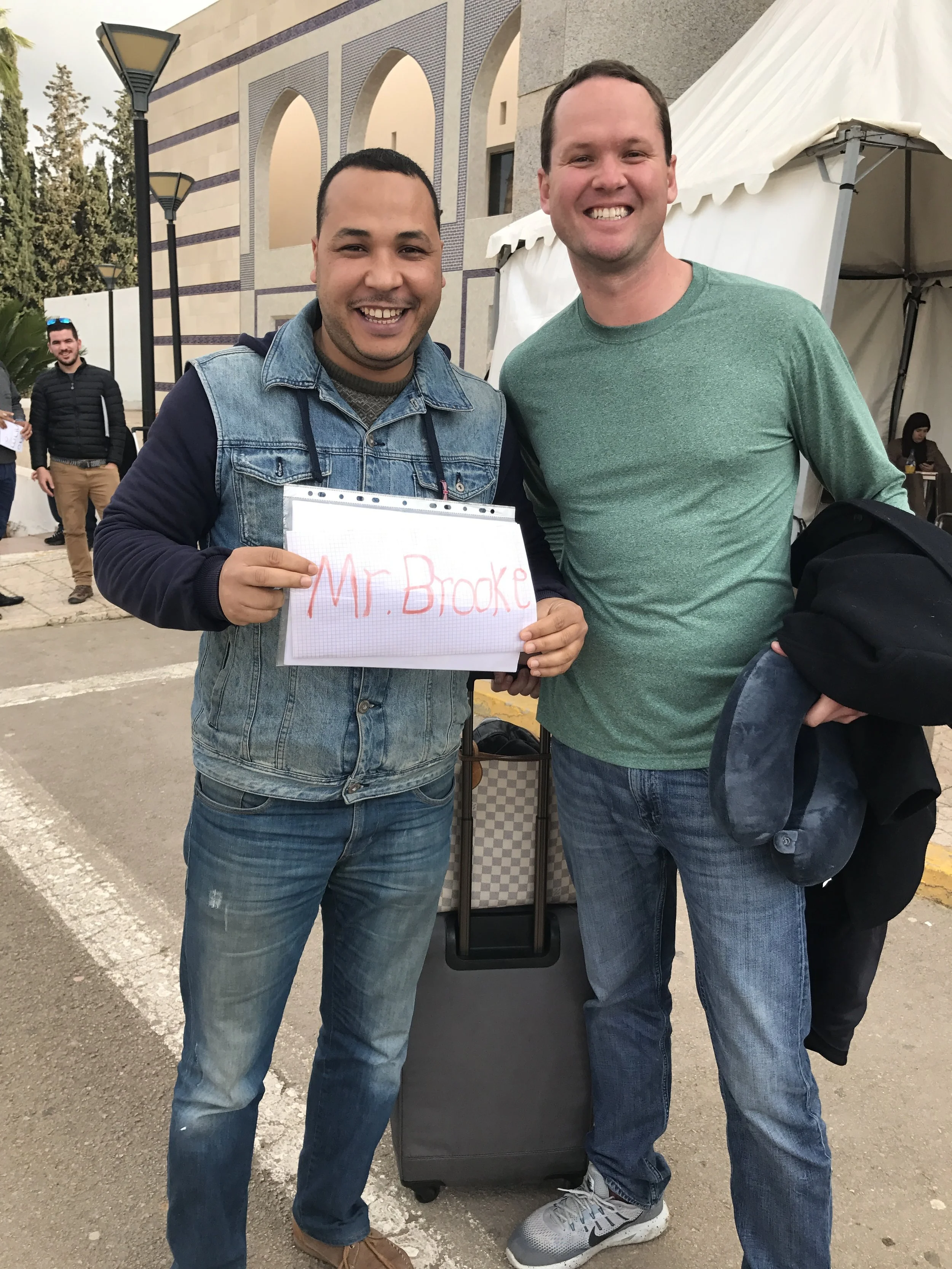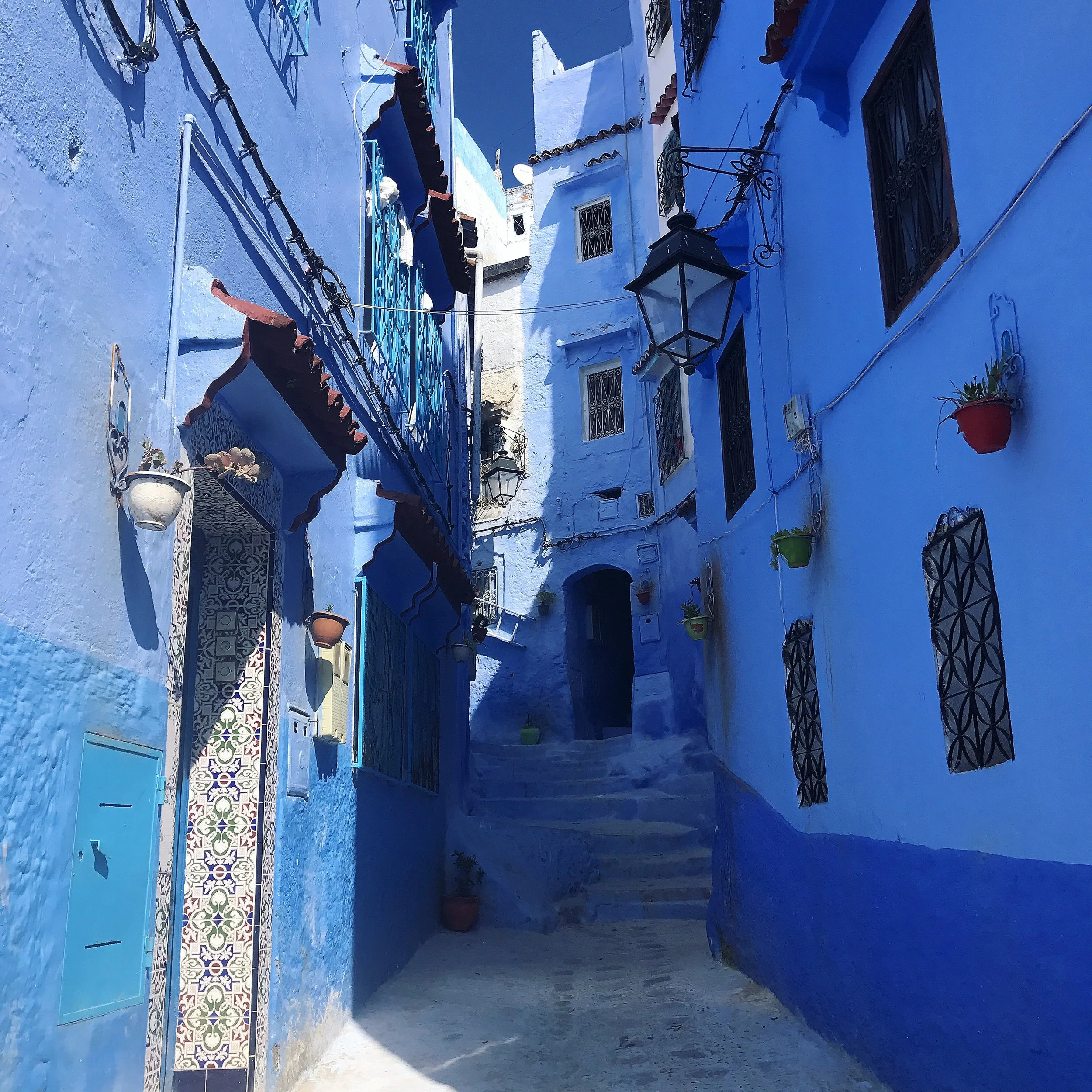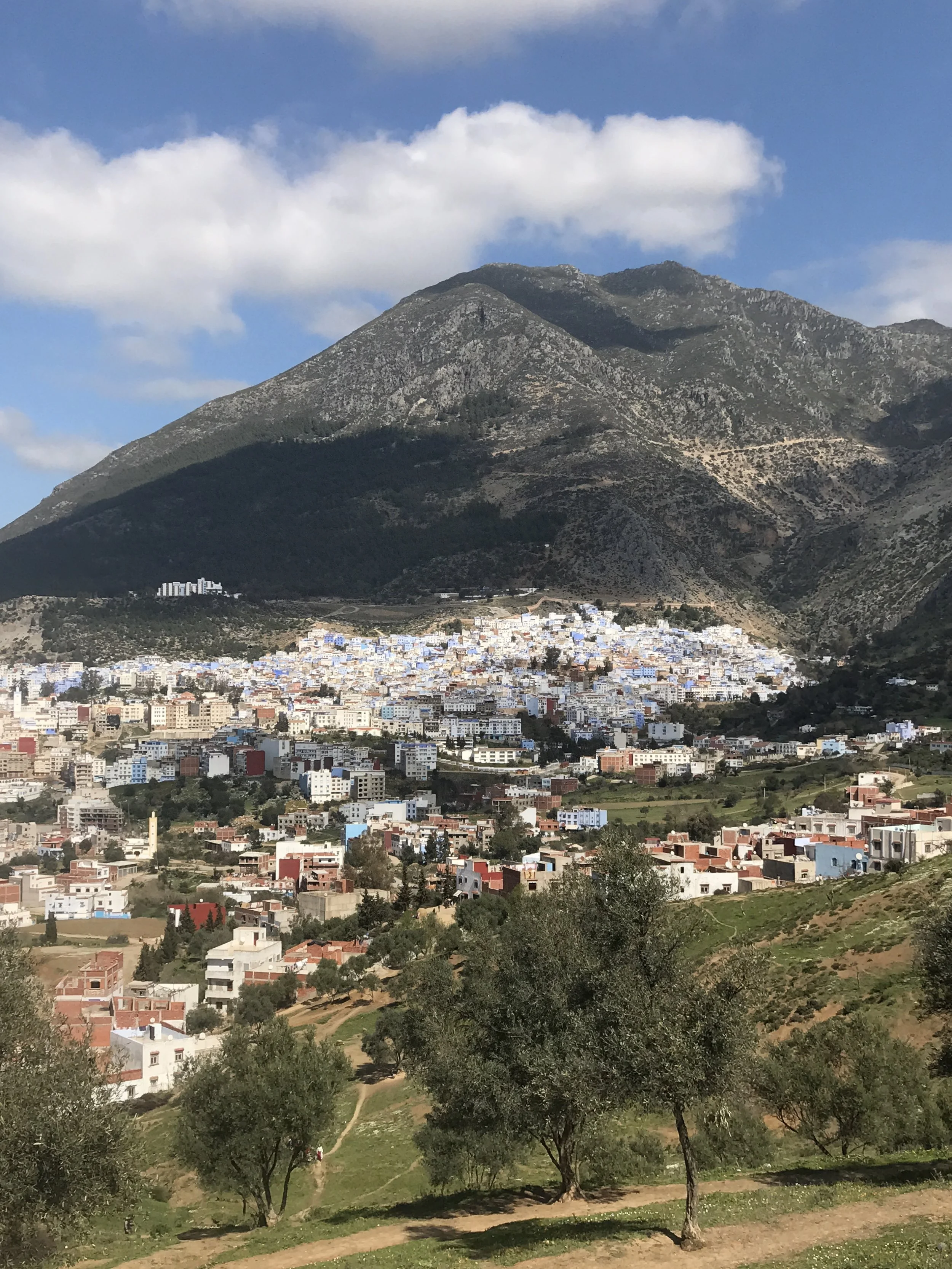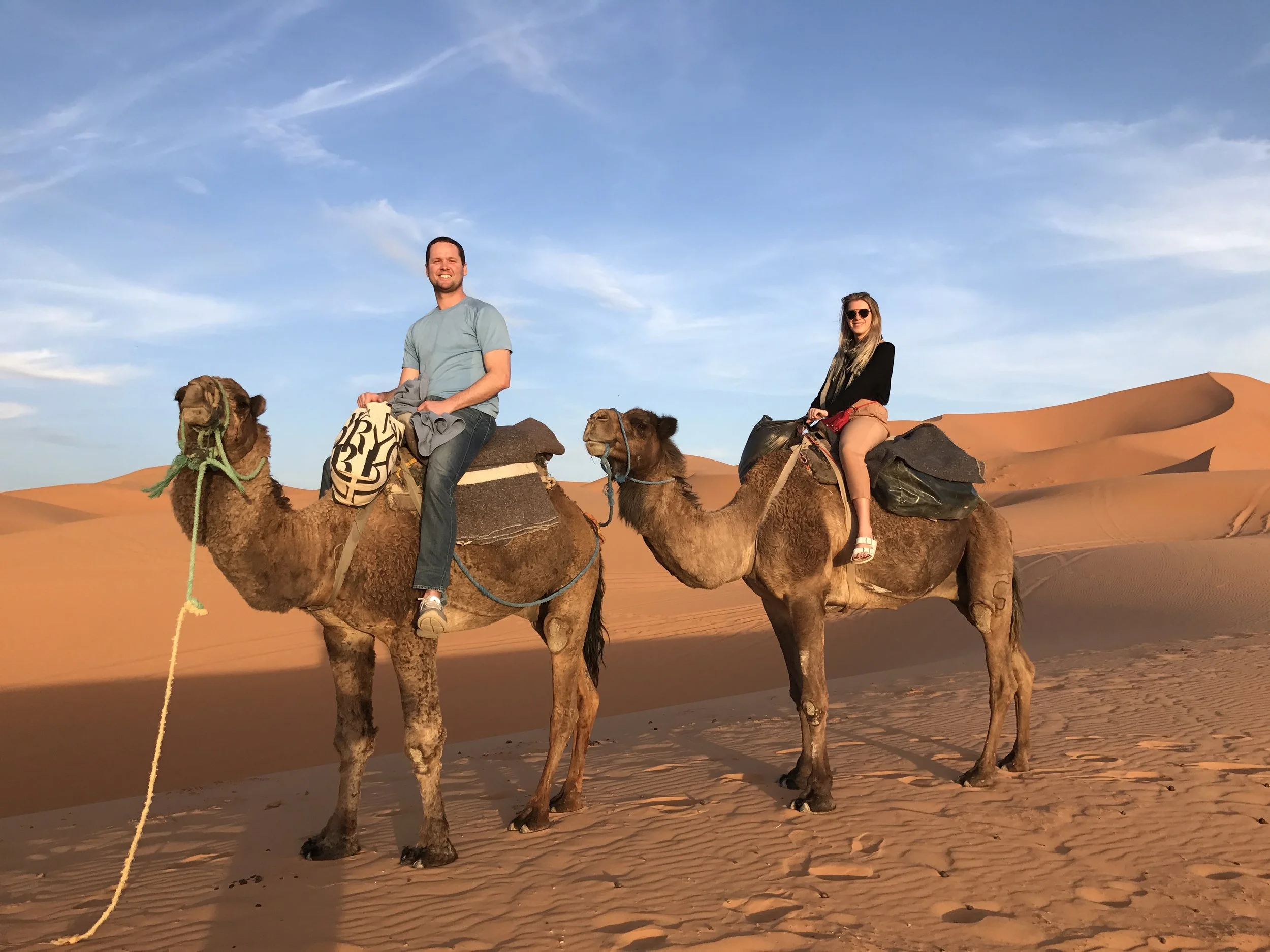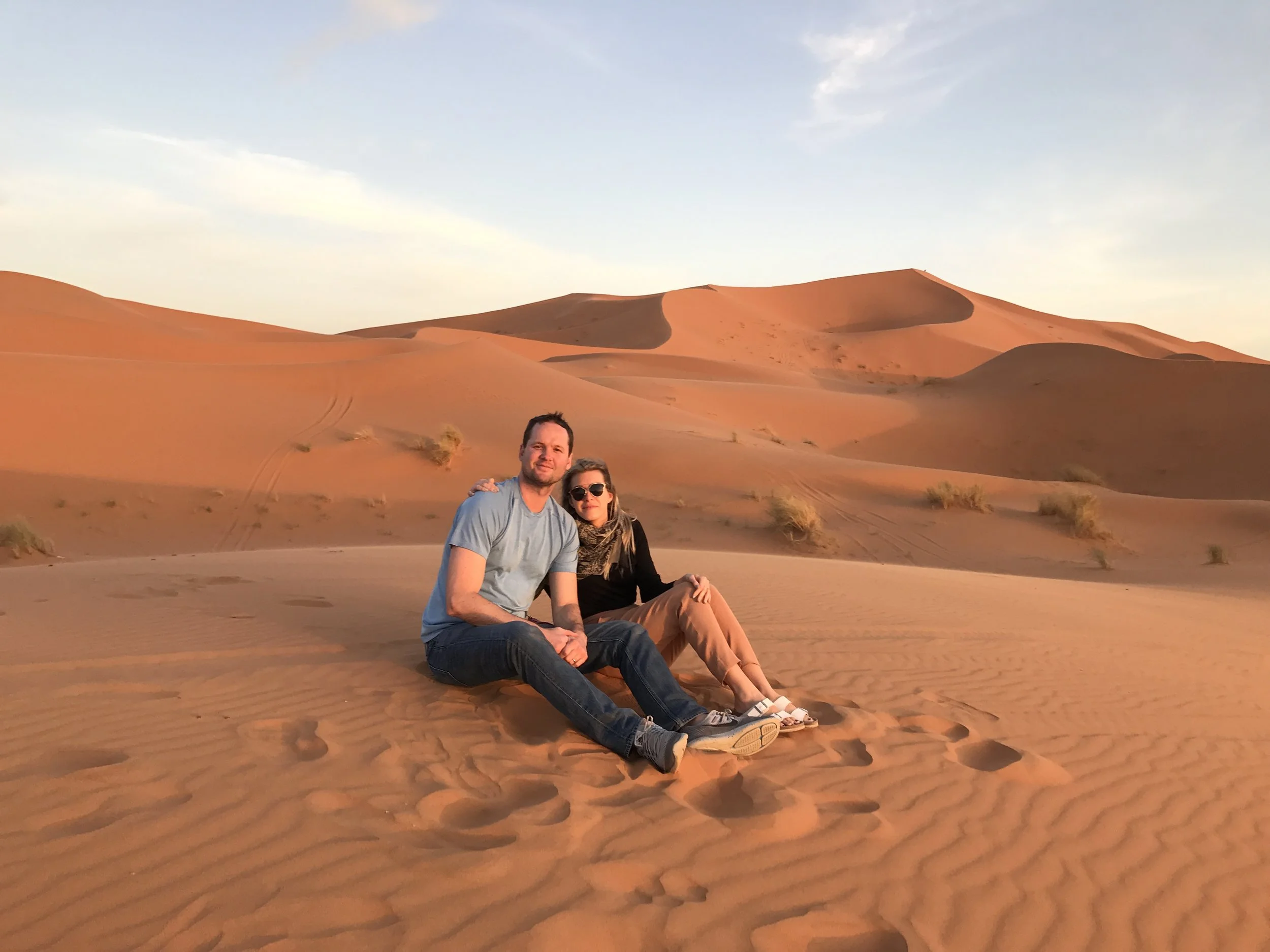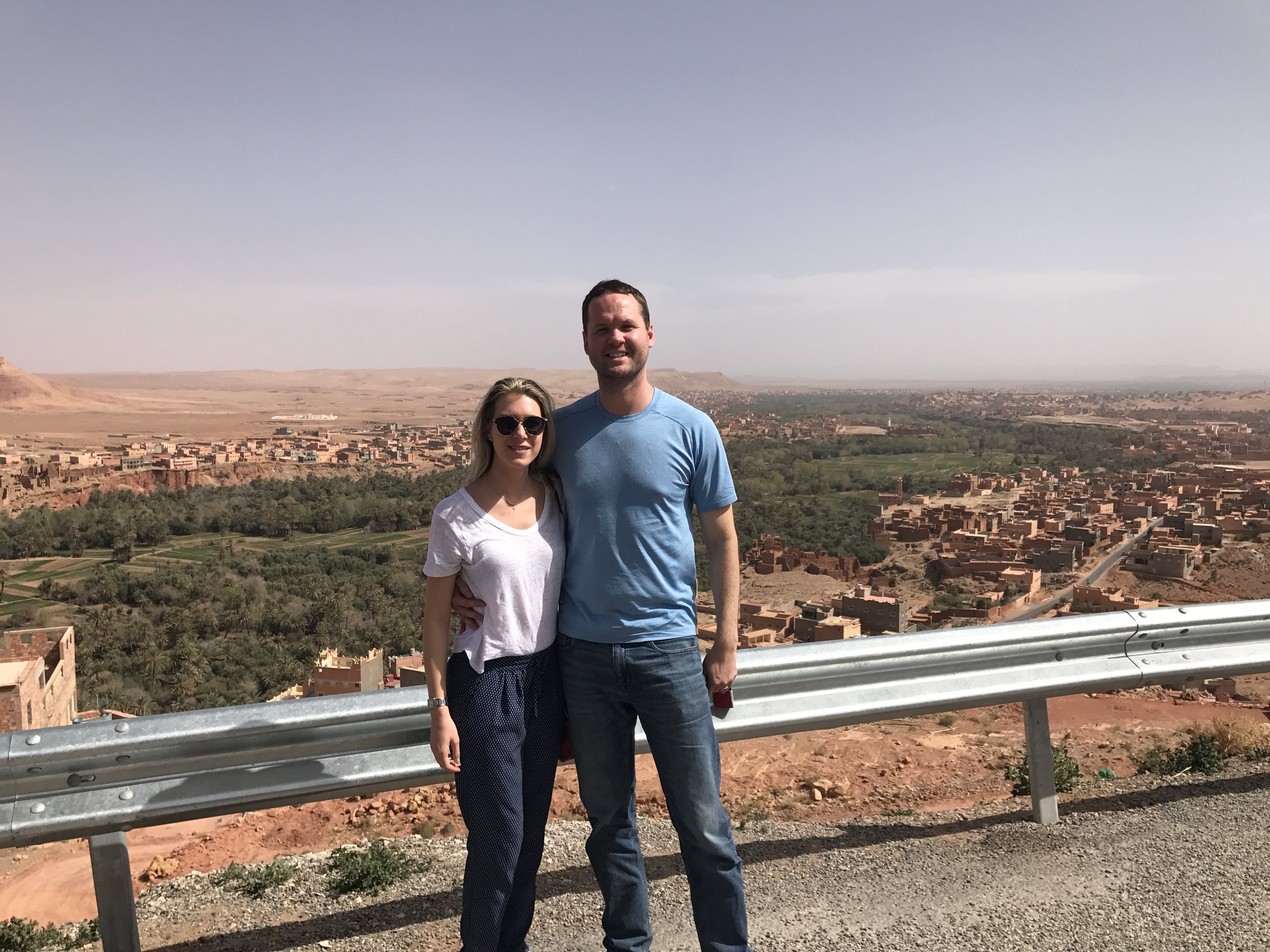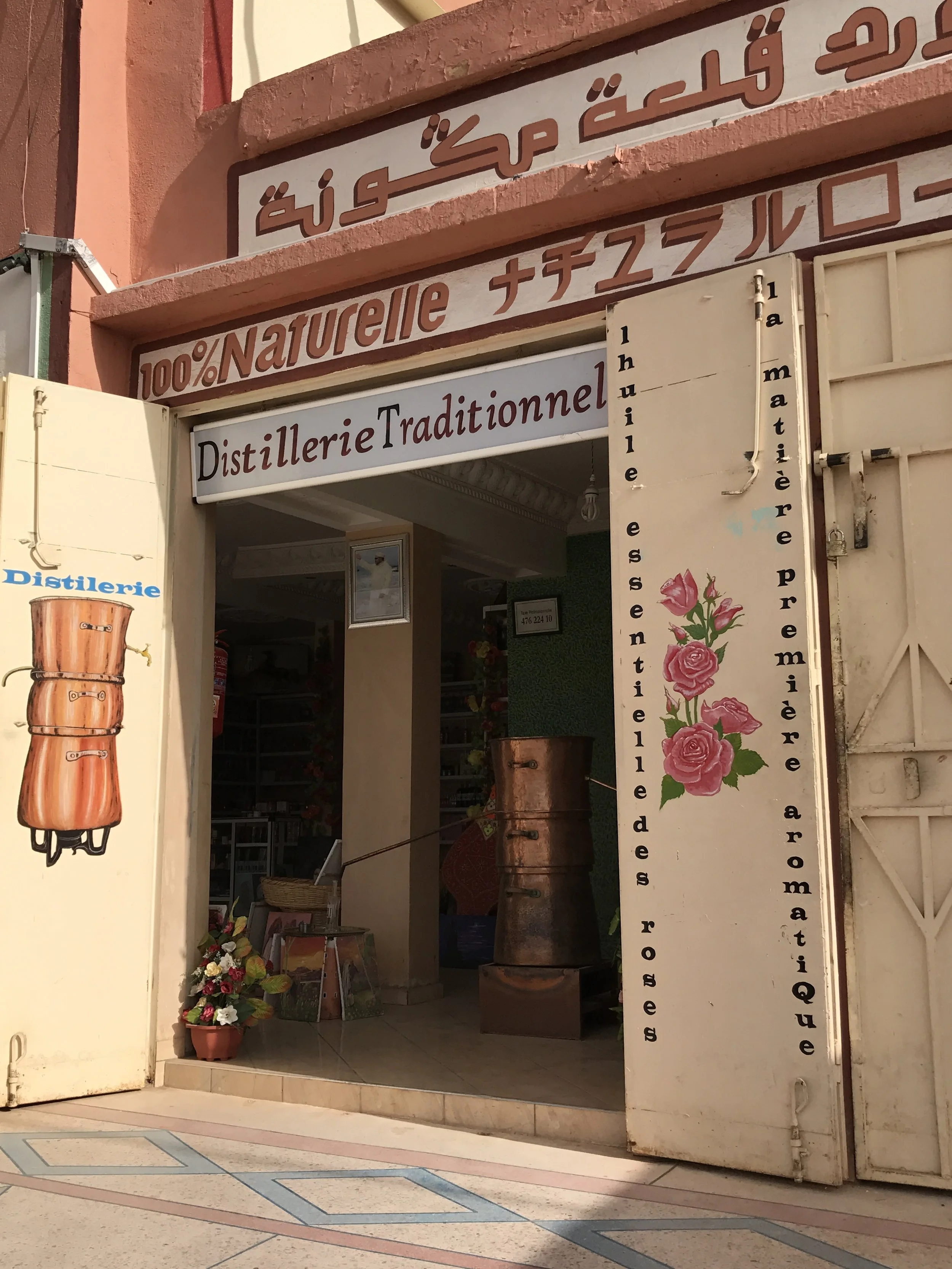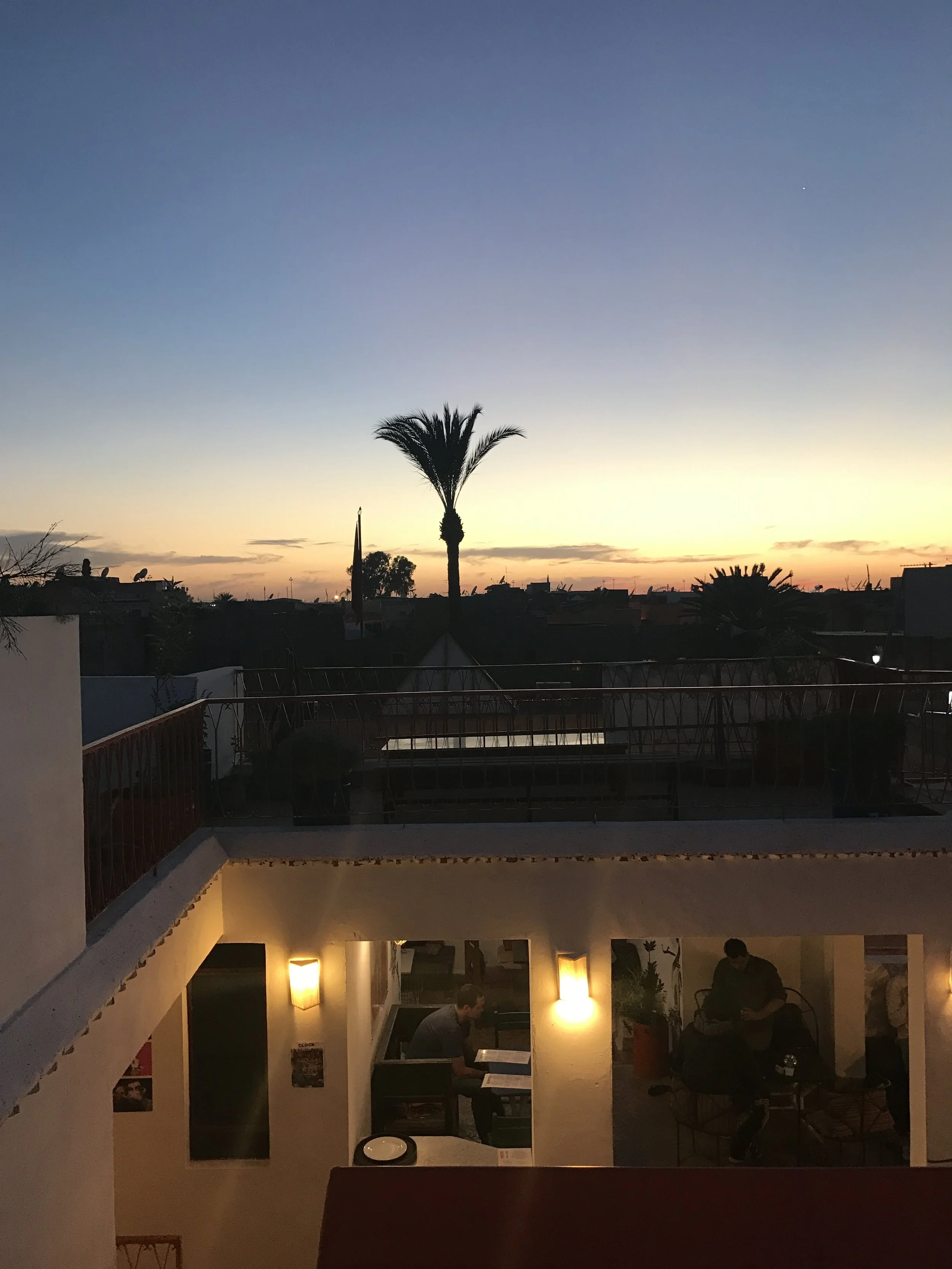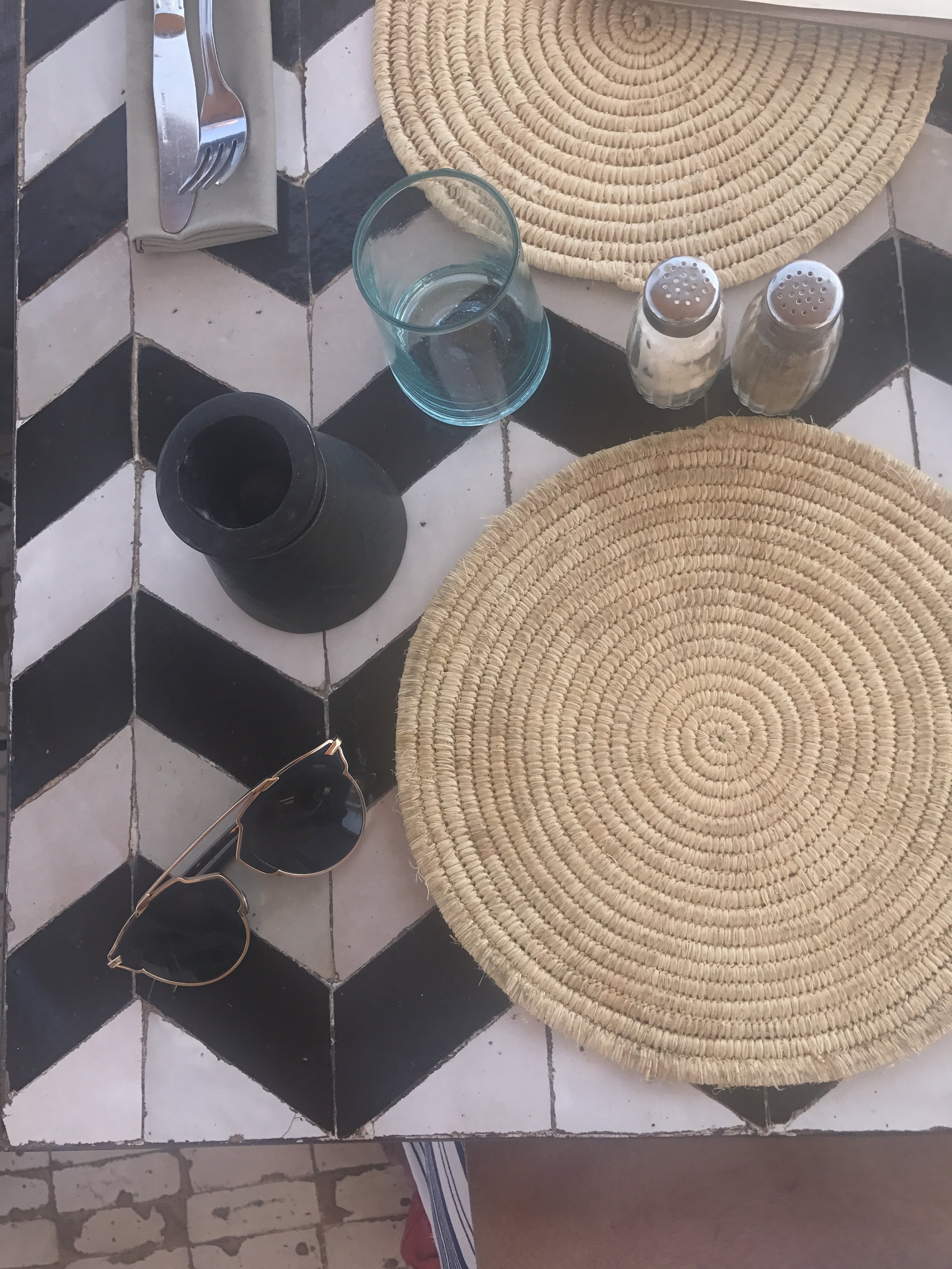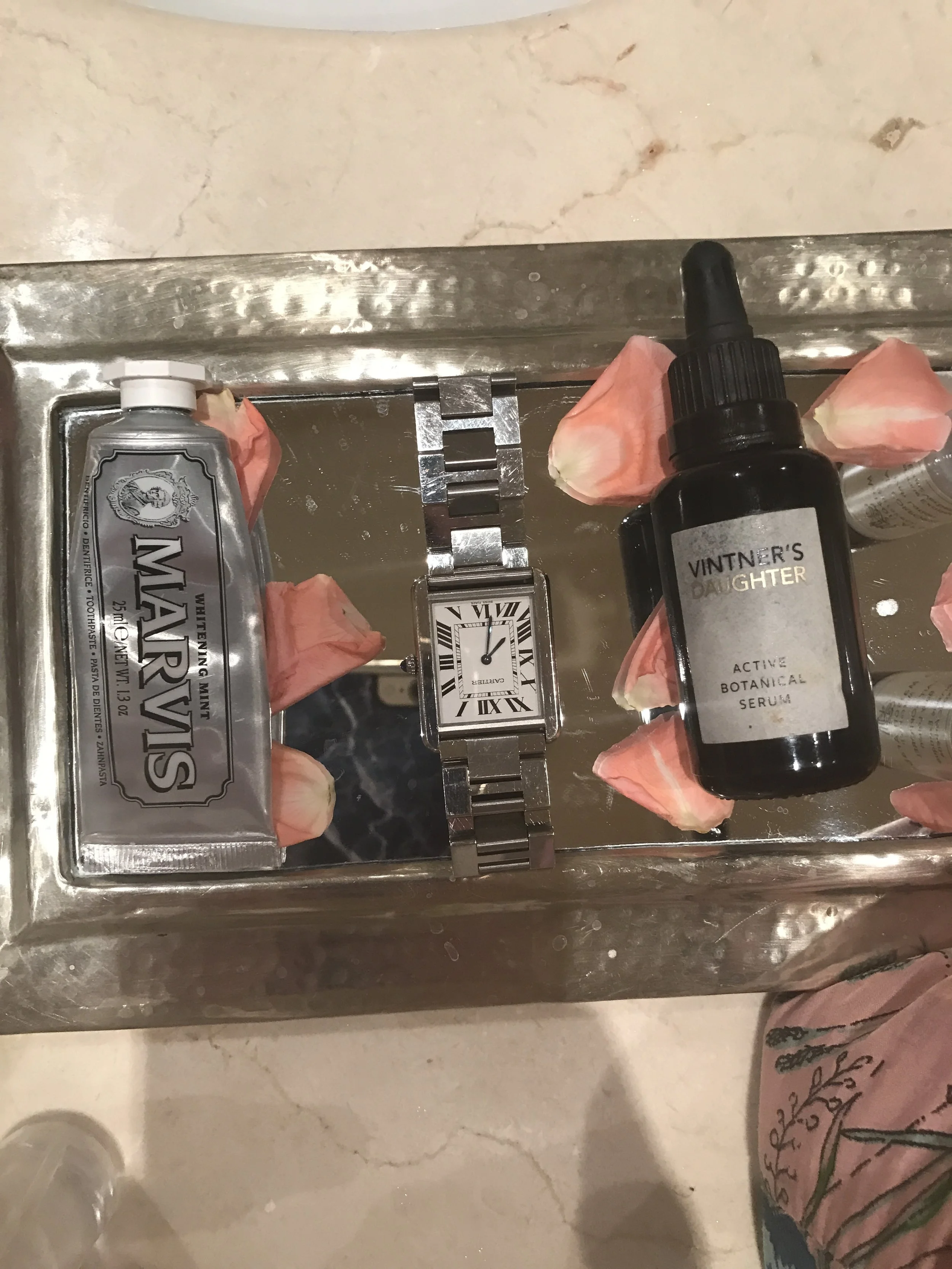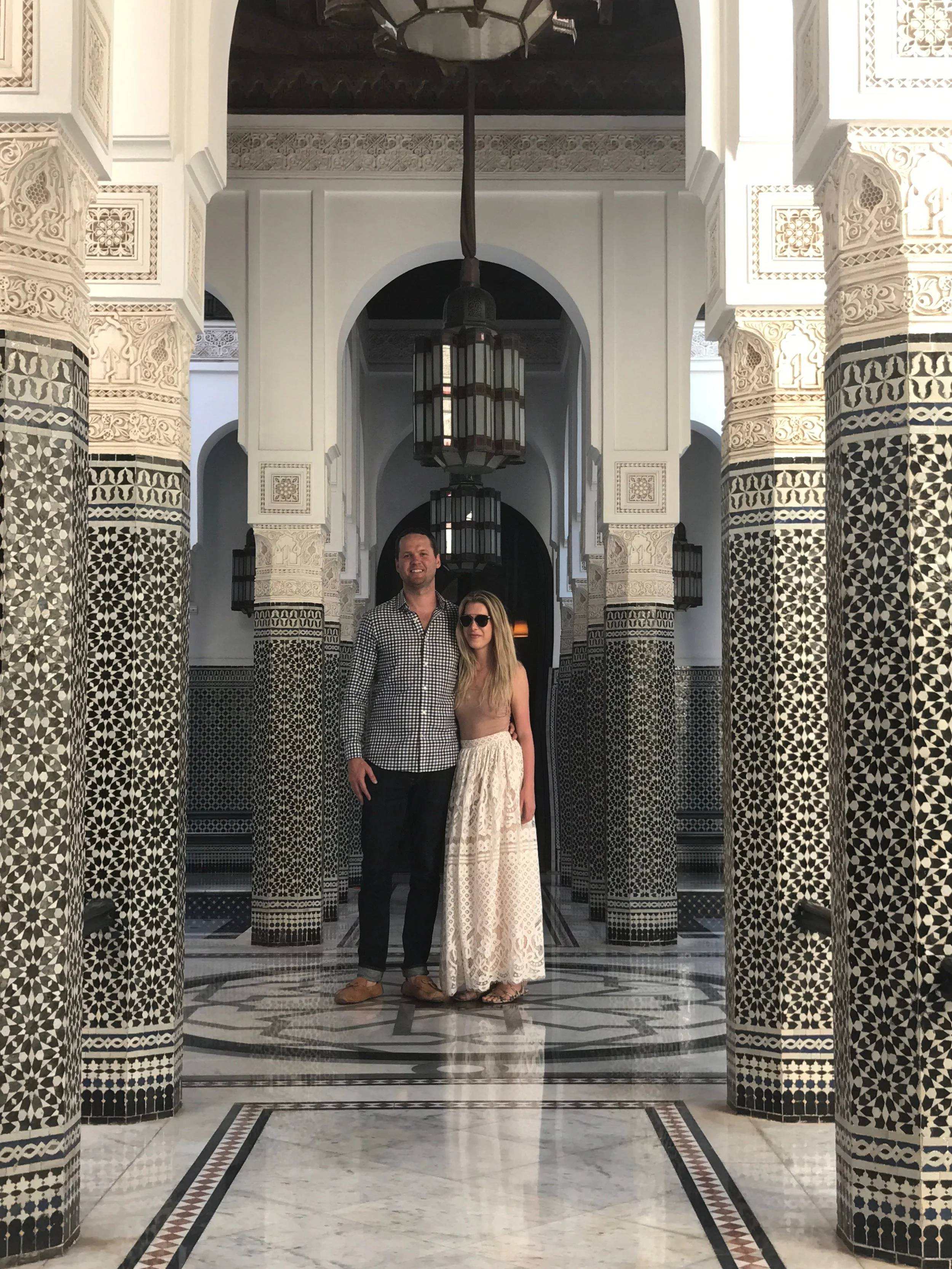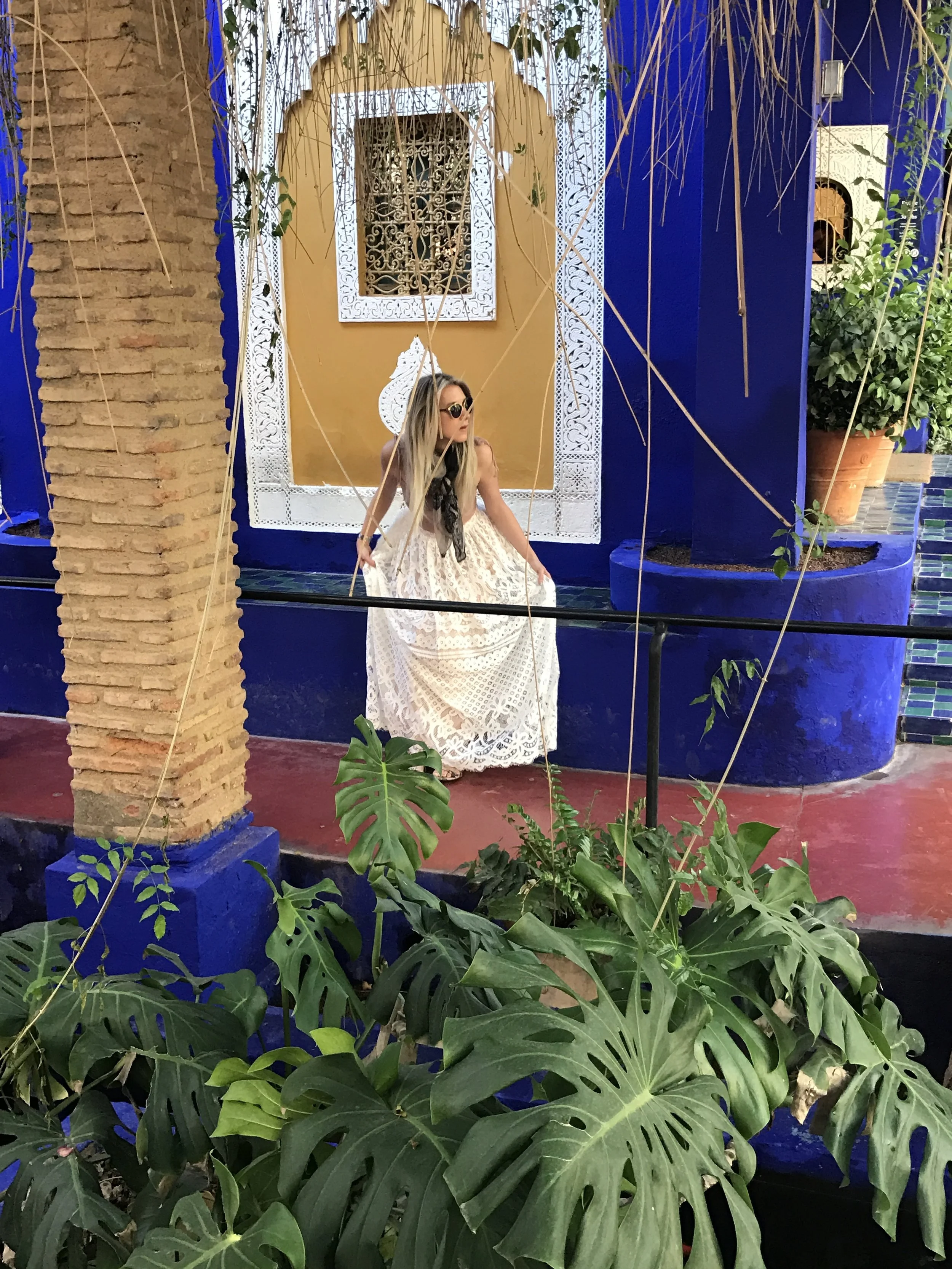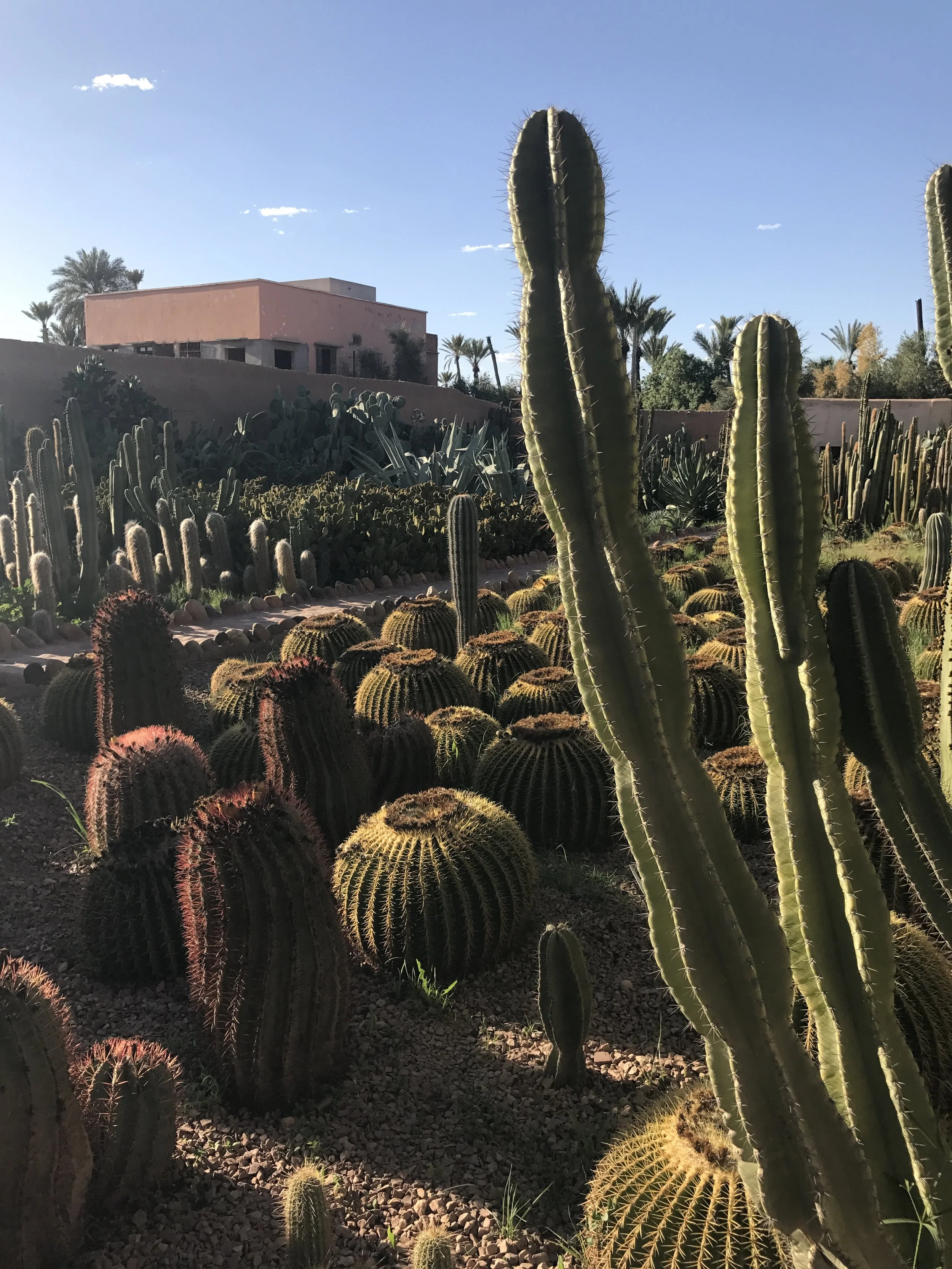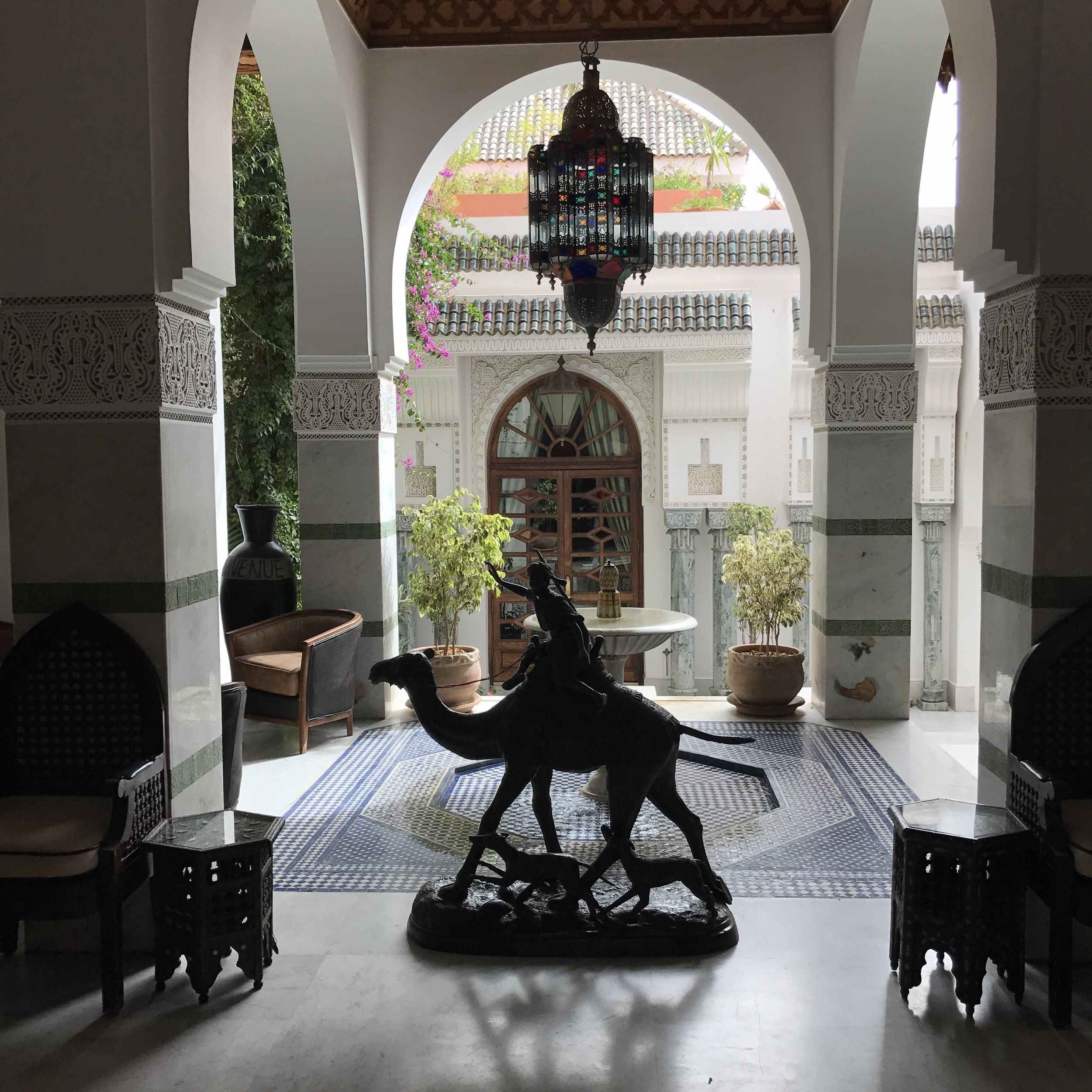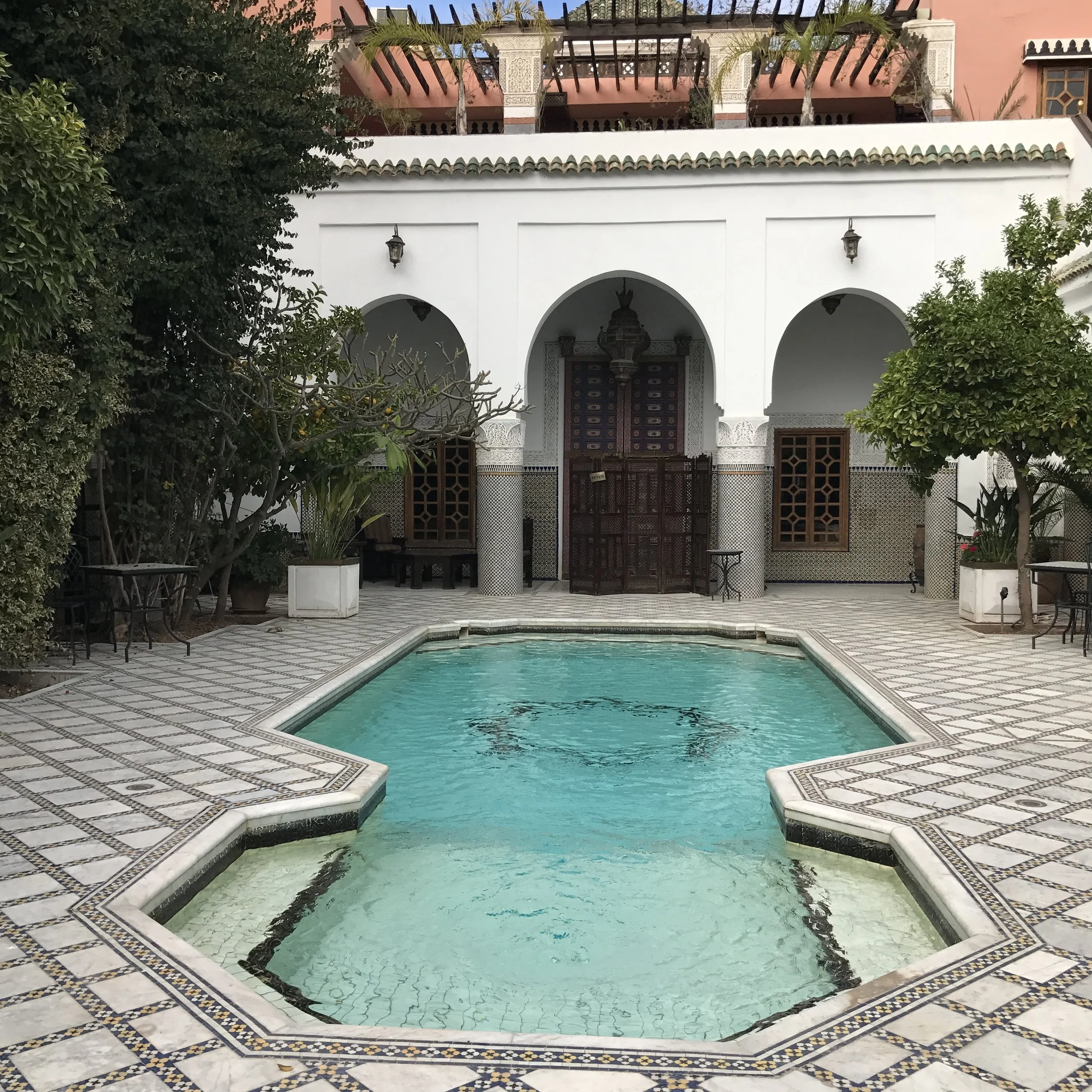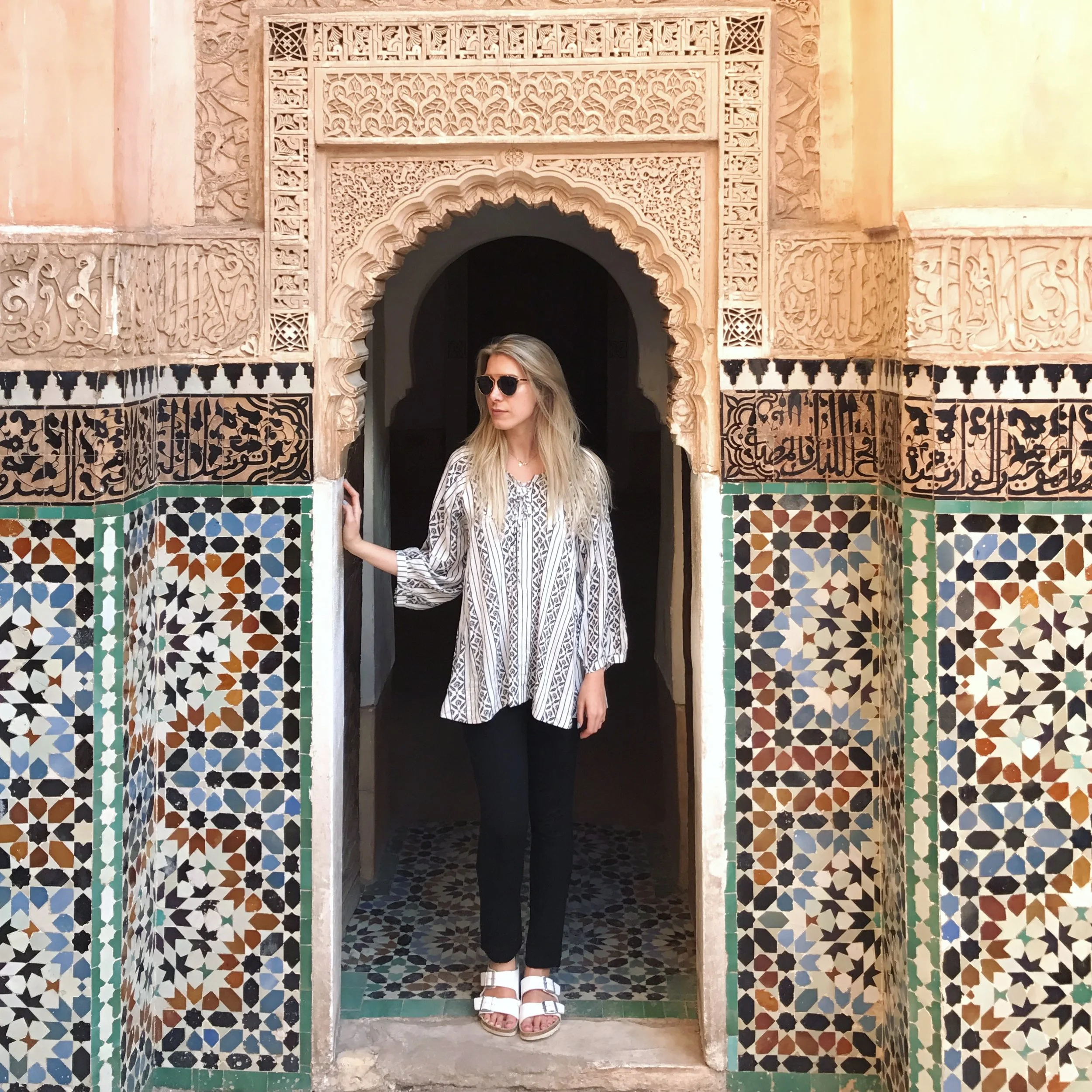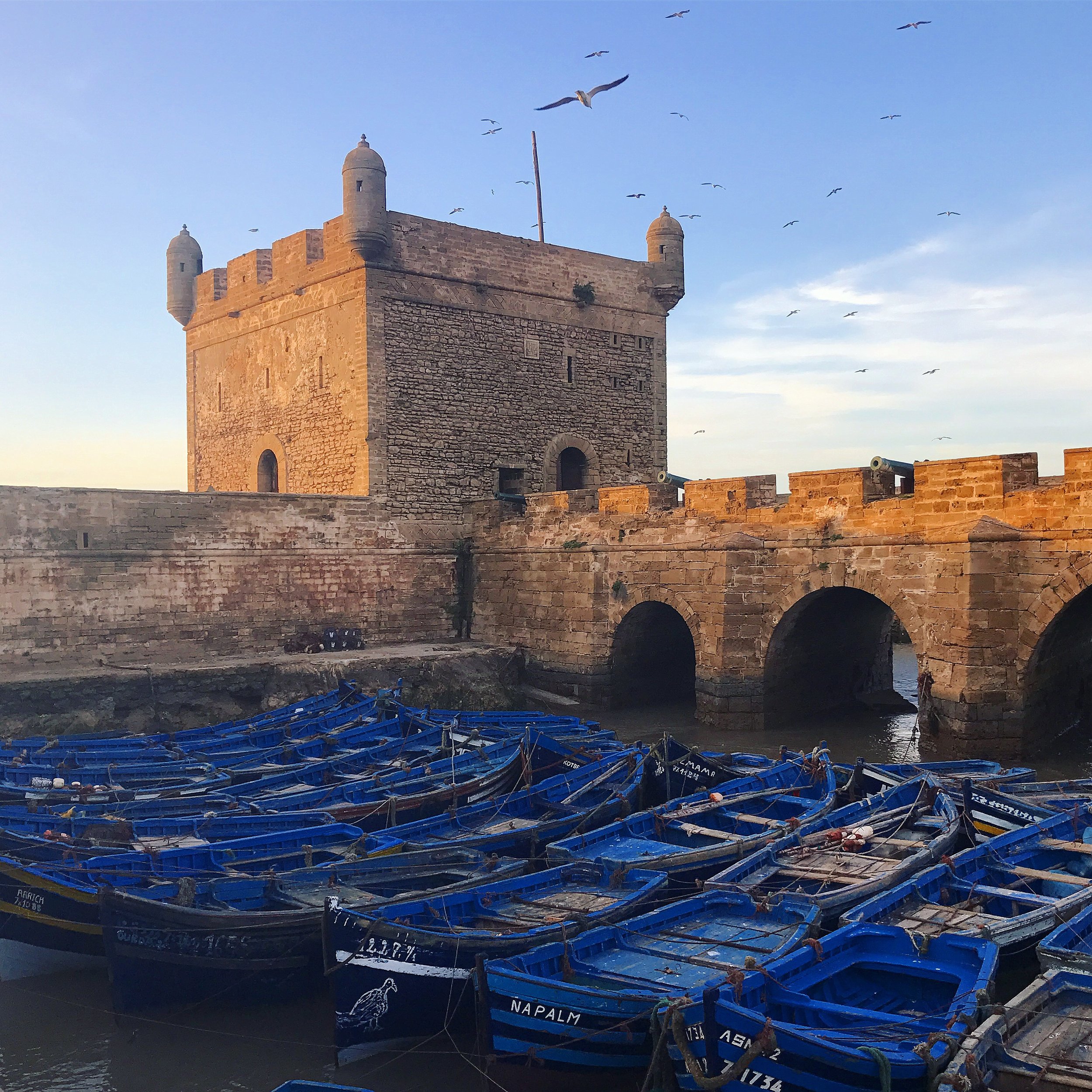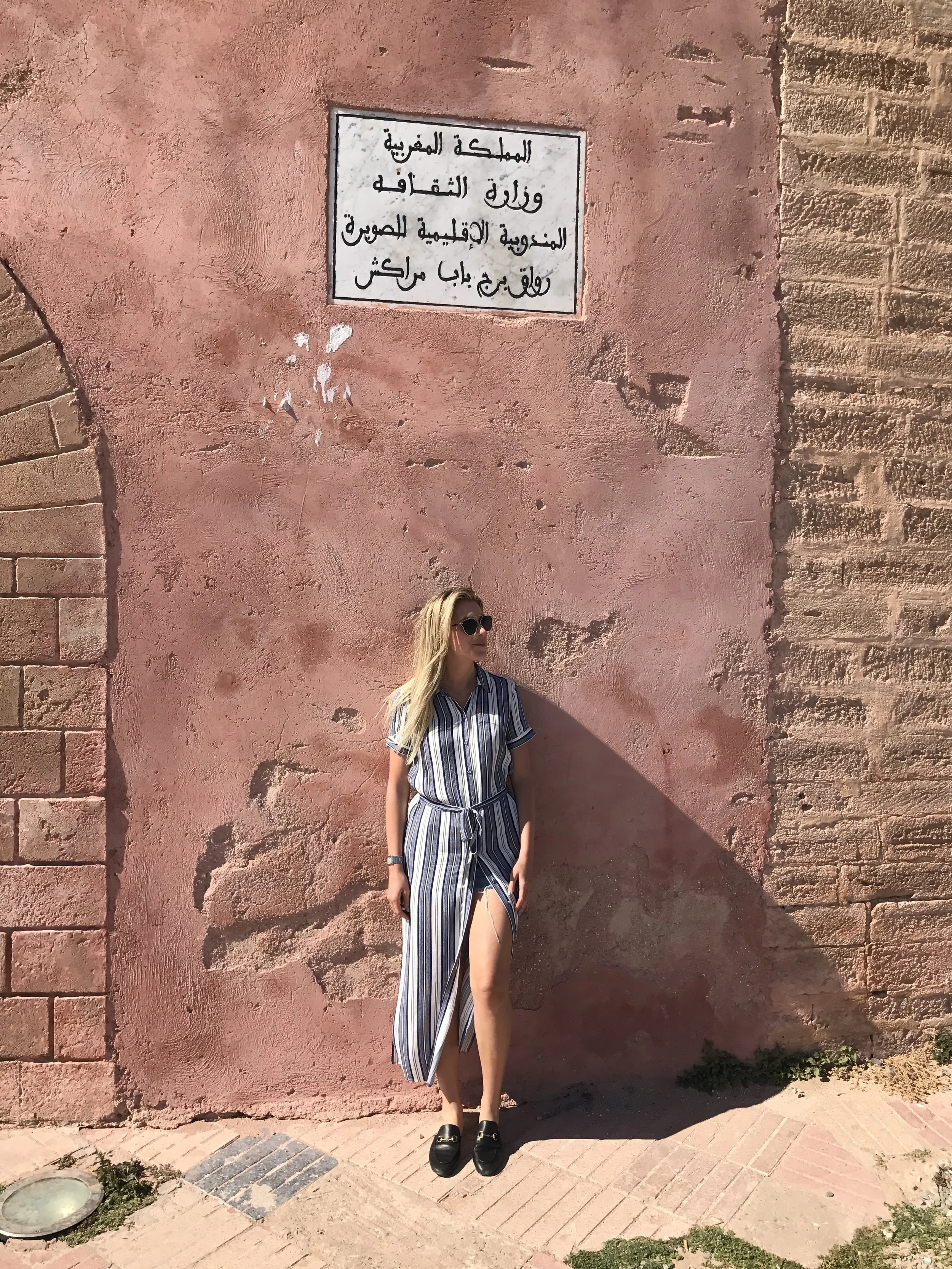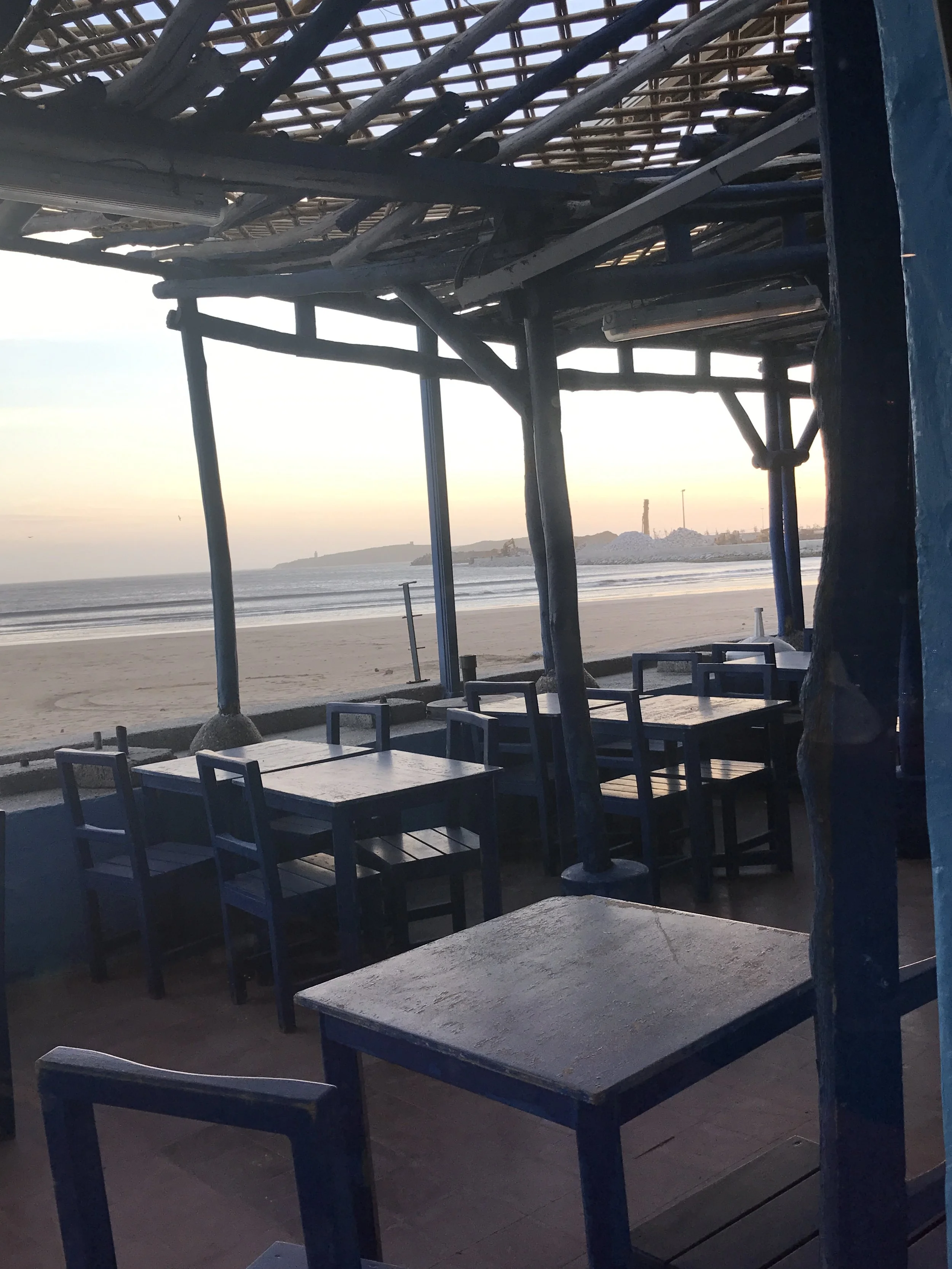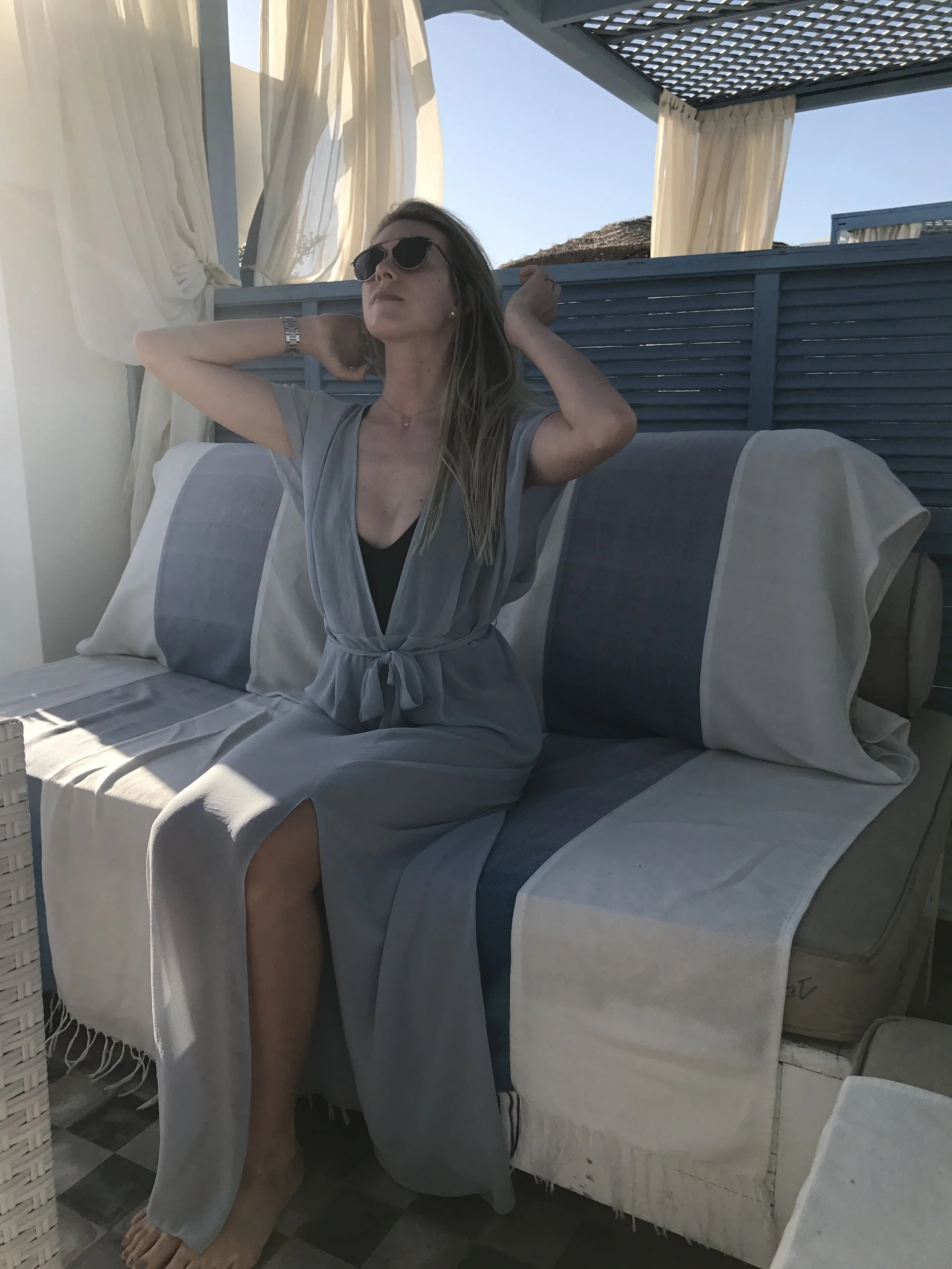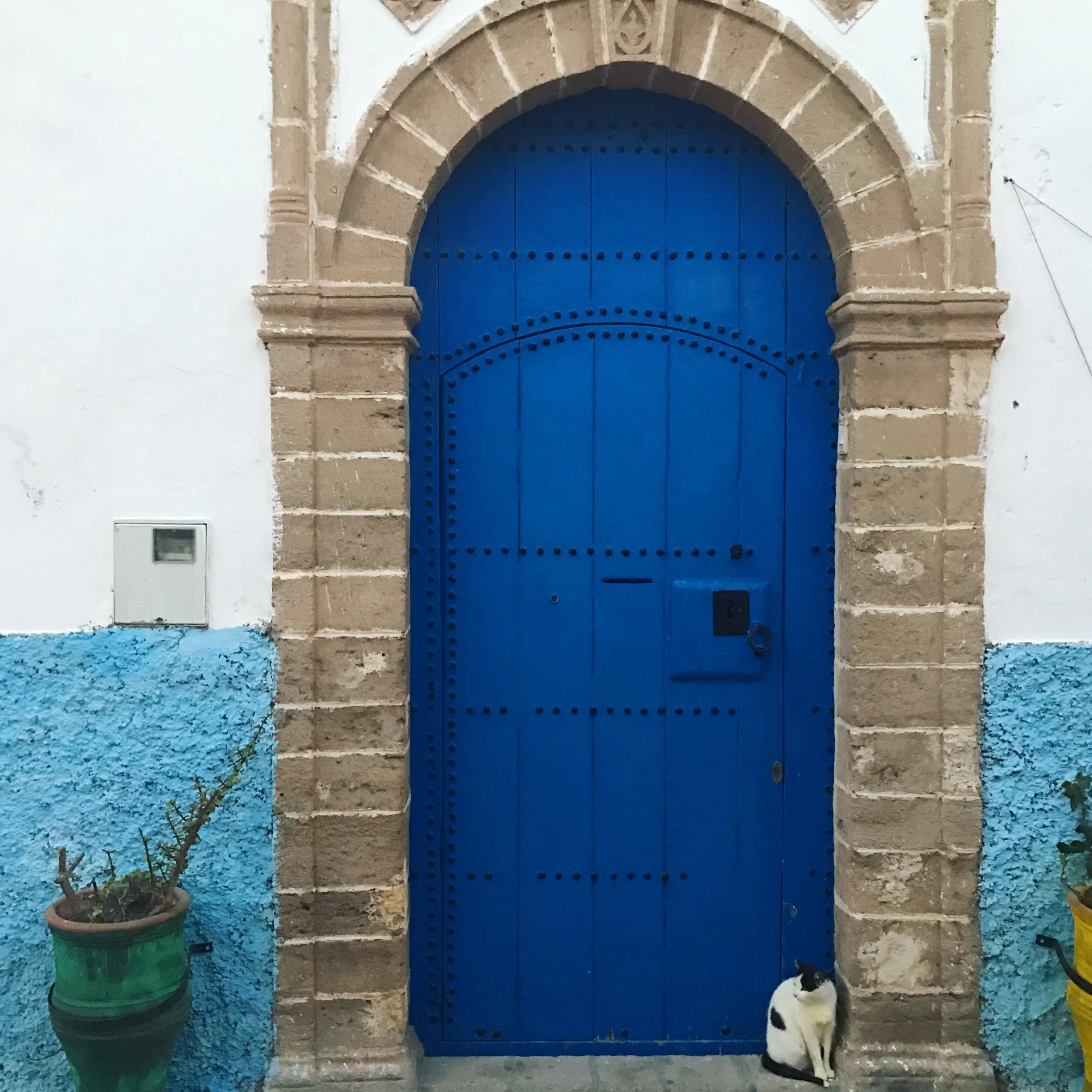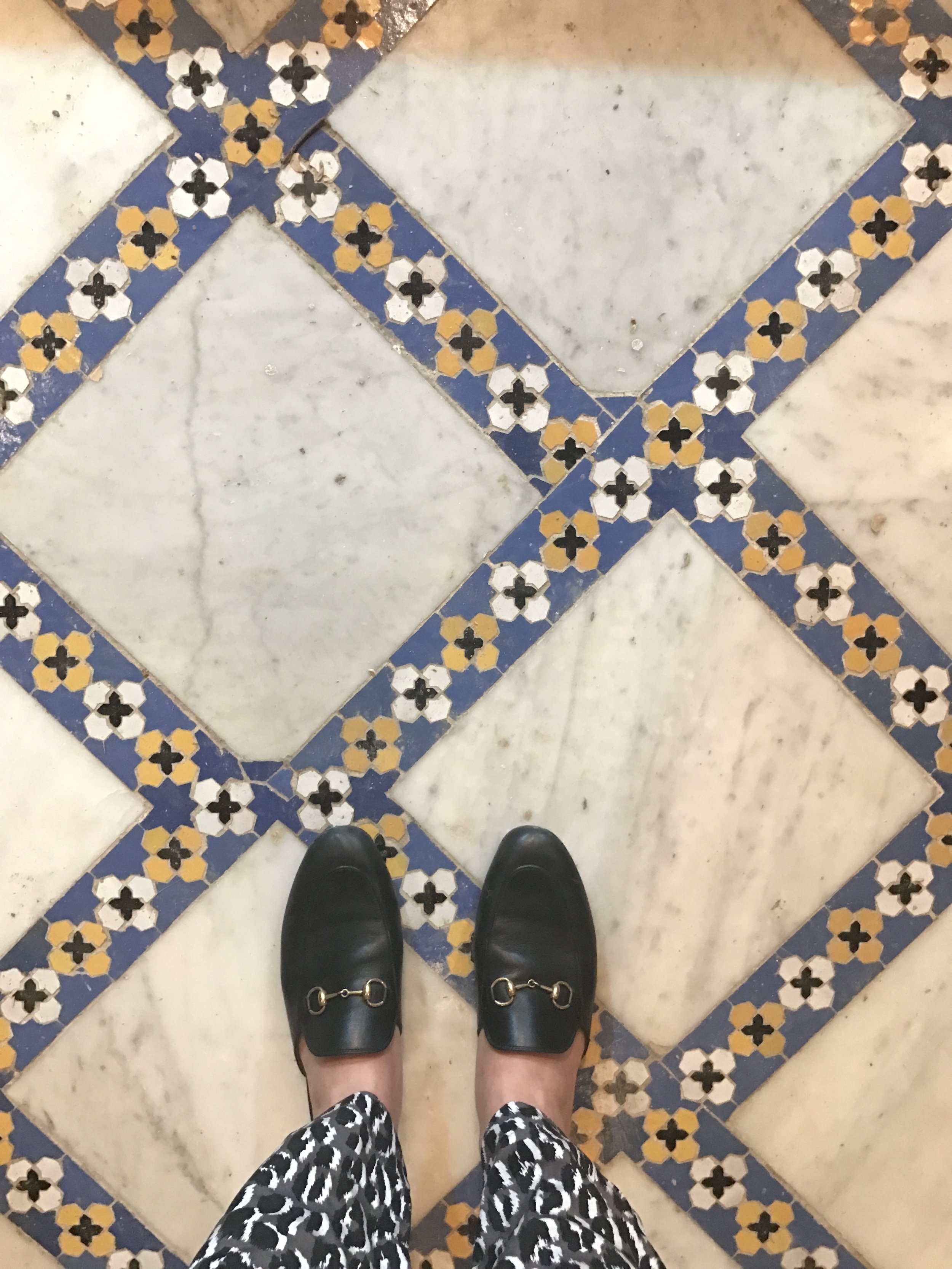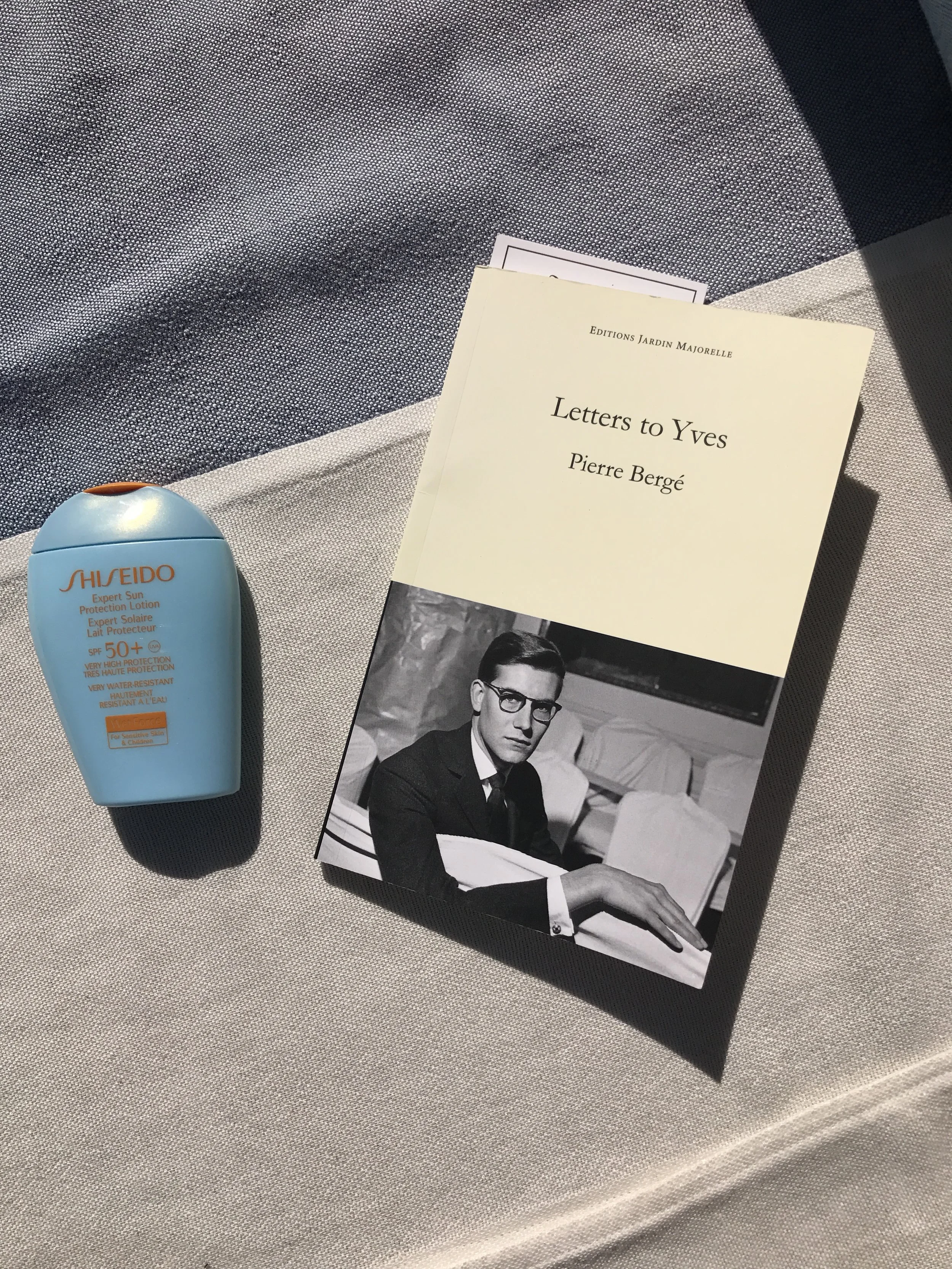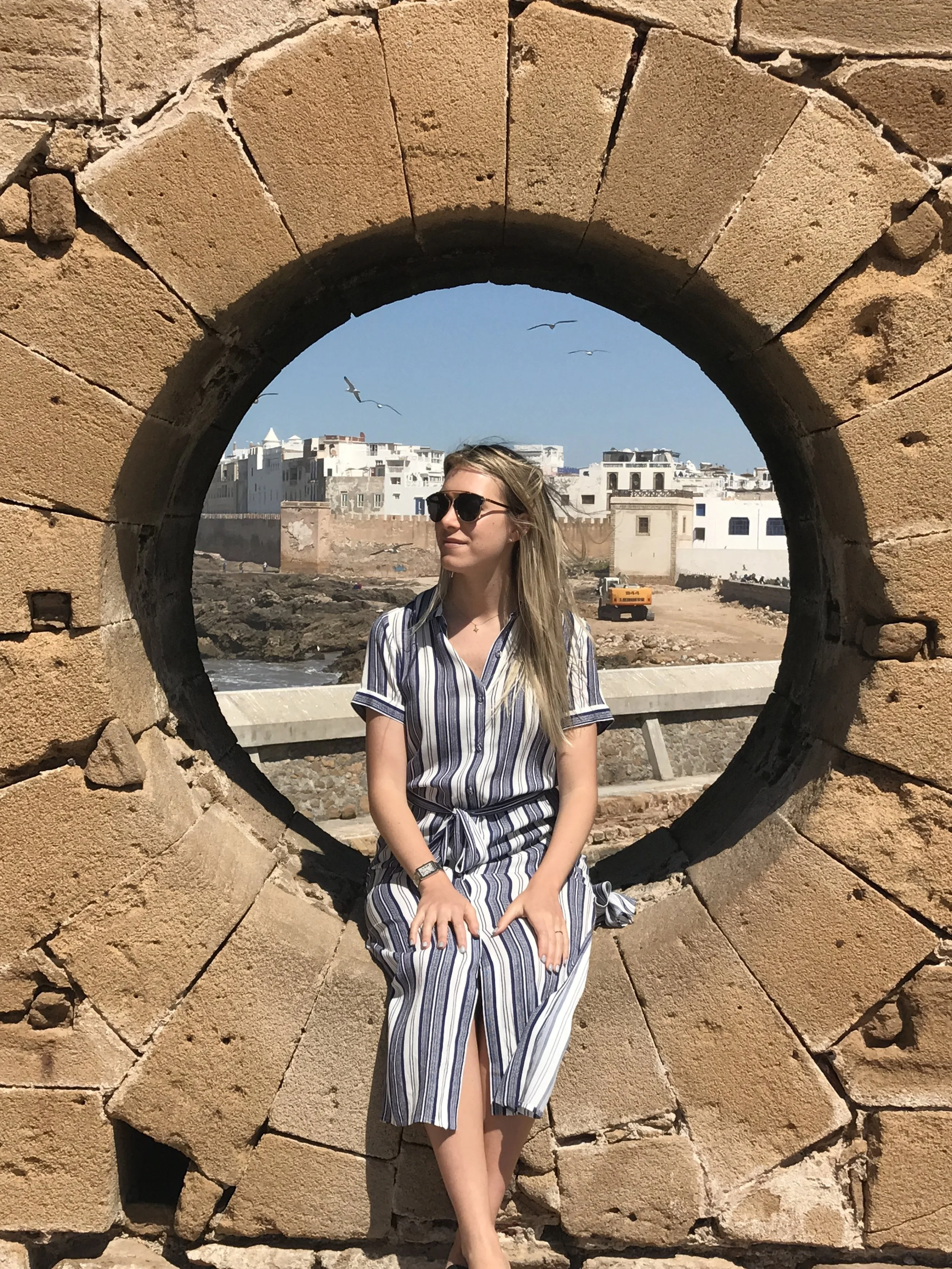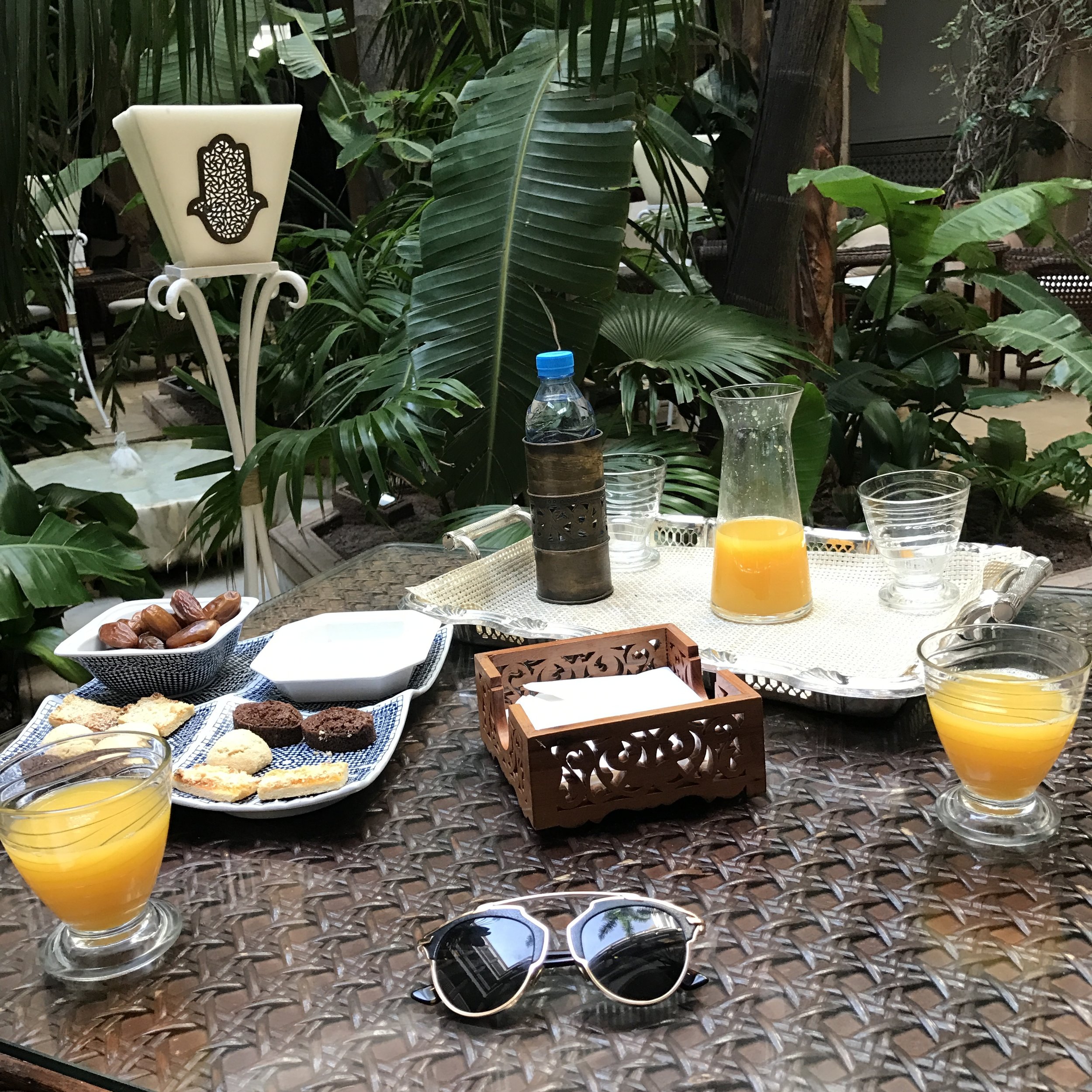I had no idea how good simple pleasures like freshly squeezed orange juice, dates and a leisurely afternoon mint tea (hold the sugar) could be before visiting Morocco. There is so much to see and experience in this beautiful country that it’s hard to choose where to start. We couldn’t have done it all without the help of our tour company, Morocco Nomadic Travel. They will customize your journey and plan your accommodations along the way, and for a million reasons I would rather support a local business than a third-party travel agency. I can’t recommend Kamal, the owner, highly enough—he was a welcome third wheel and Jeremy and I still talk about him. Maybe too much. We found Moroccans as a whole to be incredibly friendly and laid back. Most of the locals we met spoke four languages (seriously): French, Arabic, English and Berber.
If you plan to visit the Sahara—at least a two day journey up snow peaked mountains and through expanses of desert—or travel between cities, a quality driver/guide will be essential for your time in Morocco. Our two week itinerary included Fez, a day trip to Chefchaouen (the “blue city”), a three day tour through the desert ending in Marrakech, and a road trip to Essaouira, a bohemian beach town on the western coast where we stayed for our last several nights.
We glamped (yes, I glamped!) in the Erg Chebbi dunes of the Sahara, where we rode camels into the sunset and returned in 4x4s after watching the sunrise the next morning (request this option if you don't want to get back on a camel at 5 A.M.). We stayed the night in Ouarzazate, an ancient walled city en route from Fes to Marrakech that has been the setting for countless films. If you’re into movies you can do a film tour, but we opted out and just did a tour of the town. We stayed at night at Riad dar Chamaa, arranged by Nomadic Travel—hotels are few and far between in the area and this is a nice, modern option. For a more luxe desert excursion, particularly if you’re short on time, you can go to the patch of desert at Scarabeo Camp outside Marrakech for a similar (albeit slightly less authentic) experience.
I recommend Essaouira if you are visiting in the summer as it is quite windy and would provide a welcome respite from the sweltering temperatures. We visited in March and it was a bit too chilly to enjoy the beach. If you do go I highly recommend our hotel, the L’Heure Bleue, a Relais & Chateau property. Since we spent most of our time in Fes and Marrakesh, I’ll separate them into more detailed guides below.
Fes
I highly recommend a guide for at least a day in Fes since the medina is a maze that makes it extremely difficult to get around on your own. The restaurants have to send someone to your hotel just to guide you there and back. For those just starting to look into Morocco, a medina is the walled-off "old city" portion of the main cities. Riad is another word to know--the quintessential Moroccan architecture of an open air courtyard surrounded by rooms on each side. While you don't have to keep your shoulders and knees covered, Fes is a conservative city where it would be fairly tone deaf to wear short shorts or a crop top outside of your hotel. Chefchaouen is beautiful and makes for some amazing photos, but it’s a small city where you can cover a lot of ground and we weren’t tempted to stay the night. It was a short two hour day trip from Fes.
Where to Eat: Dar Roumania is a gorgeous restaurant in a hotel with amazing, mainly French cuisine plus some local influence. It was possibly my favorite meal in Morocco and the menu included seasonal produce and creative salads. Dar Hatim was our favorite traditional restaurant. It's literally in a family's living room with mom and daughter-in-law in the kitchen and son managing and serving. Ruined Garden and Fez Cafe are perfect for lunch--they're right next to each other if you want to check out both. Ruined Garden had incredible food and is built into the ruins of an old riad, very cute and romantic. Fez Cafe has a really beautiful garden and rooftop, we didn't eat there but I've heard the food is great. Nur tops the list for a modern, upscale restaurant experience in Fes. If you're looking for a creative, gastronomic tasting menu, this is the place.
Where to Stay: We stayed at Palais Amani, and it’s hard to imagine staying anywhere else. It’s a traditional riad in the medina with beautifully decorated rooms, phenomenal service and a jaw-dropping, dreamy bar area with a fireplace. The restaurant was great, and they have a beautiful rooftop perfect for a sunset drink. Riad Amira is a very reasonably priced, stunning option. It's owned by the manager of Dar Hatim mentioned above, and he took us on a tour of the riad several months before it opened. It was absolutely beautiful and tucked into a very centrally located but private section of the medina. The rooftop views were unmatched (with a pool and orange trees!) and if Dar Hatim is any indication, the food will be amazing as well.
Where to Glow: There is no shortage of hammams throughout Morocco for a truly unique and traditional spa experience. Nearly all riads will have one and you can walk-in to one in the medina for a more local variety—ask your hotel for a recommendation! Stay tuned for posts detailing my hammam experiences as well as the Argan Oil industry in Morocco.
What to Buy: You know the highlights—rugs, blankets, poufs, leather, lamps, tiles and slippers. They’re the real deal. Plan to spend lots of time in the souks, haggle away and plan to buy an extra suitcase. Prices were better in Fes than Marrakech with less aggressive sales tactics. Visit the tannery (be prepared if you have a sensitive nose) for an amazing perspective on traditional leather-making. There are rooms of leather jackets and poofs in every color imaginable. If you plan to travel to the desert, wait to buy a traditional rug until you get there and get it from the source for a fraction of the price. We got ours from a family who has been weaving them for years at the entrance to Ouarzazate. The same rug in Fes was at least three times the price.
Marrakesh
Where to Stay: Marrakesh is unmatched in terms of your choices in hotels. You can spend $50 per night for a nice, clean, cutely decorated riad, or choose from some of the most luxurious 5 star hotels in the world. We stayed at La Maison Arabe, a historic and elegant small hotel in a perfect location steps outside of the medina. It has hosted the likes of Winston Churchill, Jackie Kennedy and Charles de Gaulle, and is oozing with history from its stunning jazz bar to the antique-filled nooks and crannies at every turn. It was worth the room upgrade for a spacious balcony looking over the pool with a grand fireplace for those not visiting in the heat of summer (we were there in March and we had some days in the low 60s, so it was perfect). The service was above and beyond, among the most attentive of any hotel I have stayed in.
La Mamounia is larger upscale and similarly historic option, also conveniently located on the outskirts of the medina. The hotel has a jaw-dropping indoor pool that is possibly the most Instagrammed spot in all of Morocco. The decor is regal, albeit a bit outdated, and I'm not a fan of a lobby filled with the same Cartier and Dior shops I can find on 5th Avenue--but it's a wonderful choice nonetheless. The remainder of 5-star hotels are located in the upscale suburbs removed from the medina, and while further from the action they are certainly the most luxurious. Hotels in this category include Amanjena and Royal Mansour. Check out Palais Donab for a budget-friendly option in the heart of the medina. It’s a stunning, quintessential riad that is true to the character of Marrakesh.
Where to Eat: Le Foundouk is a beautiful restaurant with amazing food, perfect for a romantic night out. Dar Marjana is touristy and overpriced, however, it was an in-your-face way to say “you’re not in Fez anymore,” and not necessarily in a bad way. Belly dancers, kitschy waiters and enormous portions abound. We loved the cavelike, candle-lined entrance. Nomad is a trendy, cute rooftop spot for lunch in the middle of the souks. If you can’t stomach the thought of another tagine, Beats Burger is a hip, healthy fast food restaurant with a pretty rooftop.
What to Do: If you like the popular Majorelle gardens, you’ll love the Musee de la Palmeraie. It's out of the way from the medina but worth the trip—I was literally the only person there for most of my time there. It’s the same landscape designer as Majorelle with an incredible, vast collection of modern art (and a cactus garden!). We geeked out over the Maison de la Photographie, a photography museum with a cute cafe on top that has an incredible view of city and mountains. Consistent with it's more liberal, modern vibe, Marrakech has a more lively nightlife than Fes. We went out at Theatro, a club next to La Mamounia that, as advertised, had elaborate performances by dancers in costume alongside a great DJ.
Where to Shop: The medina is impressive in size and selection, but be careful to avoid extremely aggressive salespeople and be prepared to avert your eyes and walk away (New Yorkers, you got this). We found much better prices and more low key shopkeepers in the outskirts of the medina as opposed to the heart of it. The apex is the main square, which was a pretty magical place by night, but during the day we found to be exhausting and far too touristy.
